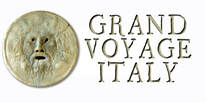 Many of us are in lock-down due to coronavirus restrictions and need to find creative ways to take a breath, stop watching the news 24/7 and simply relax a bit. Here's a great way: Take these virtual walking tours of some of Italy's most beautiful and interesting places. You can start watching these videos on your mobile devices and then Cast the video (also called Mirroring on some devices) to your large screen TV. Look for this logo when watching on your device. Enjoy... and take a breath. Andrà tutto bene. --Jerry Finzi, GVI
 Stefano and Gianna Stefano and Gianna One of the highlights of our Voyage throughout Italy was our hot air ballooning adventure, flying over the Tuscan hillside with wisps of smoke filling the air from the burning of vine prunings down below. This flight was memorable not only for the beautiful scenery, but for the pilot that took us up into the Italian skies... Stefano Travaglia. Sadly, this Mago dell'Aria, a master pilot of ballooning, took his last flight this week on September 14th from his Barberino Taverelle home in Tuscany. As a mutual friend tells it, his wife Gianna said he had planned to work in his garden that morning, but she returned to discover that her dear Stefano had passed away gently in his sleep. Many knew Stefano. The people of his rural part of the Tuscan and Chianti regions knew him as a neighbor and friend. Always conscious of not disturbing his neighbors' fields or crops when landing, Stefano was quick to offer a bottle of Prosecco to farmers when he landed in their fields. He rarely imparted any damage to these fields, being such a masterful pilot, typically landing his balloon exactly where he wanted it, while not harming crops or other property. (I can attest to this... he landed our balloon after pointing out the landing spot from over a thousand feet above, reminding me of a major league baseball player pointing to the path of his home run). Thousands upon thousands around the world also knew him as "their" balloon pilot as he helped them discover a peaceful, childlike joy, flying them above vineyards, olive groves, villas or even the medieval towers of San Gimignano. Because he wanted to afford as many people as possible to fly silently through the air, he was the first balloonist in Italy to have a handicapped accessible basket.  Stefano with one of his pups Stefano with one of his pups Those in the aeronautic and ballooning world knew him for his skills as a pilot. After doing a stint in Manhattan as a commercial photographer, he returned to Italy and began a career with airplanes, but his interests soon turned to lighter than air flight after training with world renowned British balloonists. Today, there are many Italian hot air balloon pilots offering flights throughout Italy who Stefano personally trained. In fact, he and Gianna founded the Association Aerostatics Tuscany. Stefano was inspired by the first balloon flights of Montgolfier brothers from France in 1783. In fact, the Italian word for hot air balloon is mongolfiera. Second only to France, Italy also became a country with colorful balloons floating over its magnificent landscape. One early Italian ballooning passenger recalled after his flight, "Rome looked like a field which had been seeded with white flakes of plaster, while the Tiber seemed to be a very fine thread”. Stefano witnessed similar reactions to his many adventurers. Fly your highest in your last flight, Maestro del Cielo. The flight this time must be wonderful.
Our family offers hugs and prayers to Gianna, family and friends. Stefano's memory lives on. Be certain of it. --Jerry, Lisa and Lucas Finzi For many years, you couldn't visit. Then you could. Then you couldn't. Then you could again, but only by making an appointment way in advance. There was a time this magical place was going to ruin, with no one looking over it--caring for it. Then there was a group of volunteers who tried their best to look after its beauty. Then the place was put up for sale and bought, with an uncertain future again... Will the public ever be able to share in this amazing piece of architecture? Of course, we're talking about Castello di Sammezzano, the Moorish Revival palazzo in Leccio, a 45 minute drive from Florence and not too far from the local Mall Firenze. 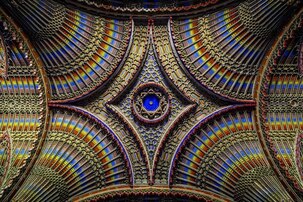 The foundations of Sammezzano date back to the Romans and in the middle ages it was a defensive fortress--its most famous visitor being Charlemagne. Later on, its owners included such noble families as the Gaultierotti, the Altoviti and even the Medici. Around 1600, it was bought by the Portuguese nobleman Sebastiano Ximenes of Aragon and remained in the family until 1816, when it passed into the Panciatichi family via the wife of the last Ximenes d’Aragona. 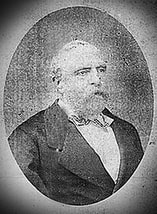 The Marquis The Marquis Two generations later, it became the property of the man who changed its destiny: the Marquis Ferdinando Panciatichi Ximenes d’Aragona. Between 1842 and 1890, Ferdinando completely reshaped a medieval castle into an Orientalist palace in line with the fashion of the time, particularly in Florence. The result is a stunning mix of the Moorish with the Byzantine, the Indian with the Chinese. Using entirely local craftsmen, he had all the bricks, tiles and friezes made under his supervision on site. It's almost inconceivable that this palazzo has 365 rooms--one for every day of the year--each with its own name and unique style and decor. The more famous rooms are the Peacock Room with colorful geometric design, the White Room with its Moroccan mosaic tiled floors, the Hall or Mirrors and the octagon Smoking Room. In the Great White Rotunda there is a glass dome surrounded by a balcony, and the shields that adorn the base of the dome bear inscriptions: Fortitudo, Elementia, Temperantia, Pax, Prudentia, Justitia, and Libertas. There is even a small chapel in the palazzo. It would seem that the Marquis used just about every type of architectural element to enhance his creation: hidden niches, corners, friezes, windows, columns, labyrinths, capitals, arches, vaults and domes. Above an archway are the words "Non Plus Ultra", in Latin meaning "no more beyond", a saying that is said to have been inscribed on the Pillars of Hercules (nowadays known as the Strait of Gibralter), in part as a warning to sailors not to travel beyond the edge of the known world. Some think that the Marquis meant to take his visitors beyond the beauty of the known world when they entered his home. But perhaps, the meaning of a Latin phrase should be thought of in the way the ancient Romans used it, in this case, the highest level that could be attained or the the highest degree of a quality. This is, after all, what becomes evident to any visitor to Sammezzano. The quality of al the details are absolutely astounding. The beauty of the palazzo was even enough to entice Umberto I, King of Italy into visiting Ximenes at Sammezzano in 1878.
After the Second World War Sammezzano became a luxury hotel with apartments, spa, golf and country club until it closed in 1990. In 1999 it was bought by a British investor in 1999, and some stabilization restoration work was done. It has since been abandoned and closed to the public. In April 2012 a local non-profit committee called FPXA 1813-2013 (an acronym for Ferdinand Panciatichi Ximenes d’Aragon) was formed to attempt to restore and preserve the palazzo. Then came the auctions... three of them to date. Movimento Save Sammezzano was a group dedicated to finding an owner who would restore and honor the castle. Appreciating the architecture and uniqueness, in 2018 a Dubai-based company placed an offer of $18.1 million on the third auction and is the current owner. Considering the recent purchase, it is unsure if the Comitato FPXA is going to continue tours. In case they are still arranging tours, contact [email protected] (or join the Facebook page Sammezzano – Comitato FPXA). The Committee typically would organize several visits each year, which sell out almost immediately. www.sammezzano.org. Otherwise, do as the locals do and hike the many trails and dirt roads that surround the castle. You will see many of the giant sequoias along the eastern slope of the castle. Just be respectful and don't try to enter the castle itself unless you have joined an authorized tour group. --Jerry Finzi Two of the trails leading to the Sammezzano 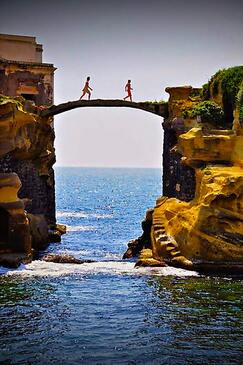 Well away from the throngs of tourists in other parts of Italy, the tiny double island of Gaiola just west of Naples is abandoned and ghostly. There are many legends about the place being cursed. In the early 1800s, the island was inhabited by a local hermit who everyone knew only as "Il Mago" (the Wizard). As most hermits, he lived a troubled, lonely life, existing on handouts of fish from local fishermen. Without warning, he mysteriously disappeared. It's not known if he cursed the island, but many unfortunate things came to pass for people who either lived on or owned the island. There is a small villa on one of the islets that has been occupied by many different types of people: A famous author, a Swiss businessman, a German investor, a pharmaceutical magnate, a steel baron, the Head of Fiat, billionaire J. Paul Getty, and an insurance company CEO. All met with strange fates either while on the island or shortly after purchasing it. Here's just a few of the cursed events:
The two twin islets are only about 100 feet from the amazingly rugged and beautiful coast of the Capo di Posillipo. Their main attraction is that they are akin to the original Siamese twins, joined by a narrow stone bridge that runs between them. In Italian, their name is Isola La Gaiola, which uses a variant of the local dialect word for cave (caviola), referring to the many small caves and grottoes are seemingly everywhere along this part of the coast. Area Marina Protetta Parco Sommerso di Gaiola For for SCUBA divers and and snorkelers alike, the waters surrounding Gaiola is a wonderful haven. They are a part of the Gaiola Protected Marine Underwater Park, a 100 acre marine preserve meant to protect the diverse marine ecosystem here as well as ancient underwater Roman ruins. Underwater ruins are scattered around the crystal clear waters. Some of the marine creatures here are found nowhere else on Earth. Consider the excitement of snorkeling among the underwater ruins of an ancient Roman temple.
If driving, you can reach the Park by driving down the Discesa Gaiola road, where you will find a car park on the left, followed by a short walk to the site. But be aware that in recent years, local police have placed a ban on vehicular traffic, from 7am to 7pm. You may also park up the hill on Via Tito Lucrezio Caro (there is a parking meter for tickets) and walk down the hill (15 minutes). And don't forget to check out the neighboring Archeological Park of Pausilypon.
Descent Gaiola (Cliff S.Basilio Cala), 80123 - Napoli Tel / Fax: 0812403235 Email: [email protected] Winter: from 1 to 31 October: daily except Monday at 10.00 to 14.00 from November 1st to March 31st: Tuesday, Thursday and Saturday from 10.00 to 14.00 Summer: from April 1 to 30 September: every day except Monday at 10.00 to 16.00 Nisida is a volcanic island near Cape Posillipo southeast of Naples. The crescent shaped island is connected to the mainland by a stone bridge. Being a volcano, there is a flooded crater forming the bay of Porto Paone on the southwest side--a small cove, really. The island is a bit more than a half mile across and juts out of the Tyrrhenian Sea to a height of 350 feet. You can park and walk to the island on the stone bridge or go by boat--renting one at the nearby marina. Visiting the far side and cove of Nisida is really the best way to enjoy its natural beauty. Nisida doesn't have a beach of its own, but the rocky side of the island is worth exploring by boaters. There is a large public beach on the mainland facing Nisida, with a parking lot just on the left before the causeway. Adjacent to the causeway is a public marina where you visitors might be able to hire a boat. Several restaurants are also nearby. As with many parts of Italy, some of the area is covered in graffiti and looks worse for wear, but then again, this is Naples. If you walk to the island, you can hike in the non-restricted areas and take in the views of Naples and the surrounding bay and islands. The pebbled beach is surrounded by clean crystal clear water. You can relax in a private shady spot in the woods that cover the island nearly down to the beach. If you sail, you can rent small sailboats and cruise the waters around the island, and if you go by boat, be sure to check out the arch and the grottoes cut into the far side of the island. In the time of the Romans, politician and military leader Lucius Licinius Lucullus built a villa on the collapsed and flooded island volcano of Nisida. Another general, Marcus Iunius Brutus (of et tu Brute fame) also built a villa there for holidays and some say the plot to assassinate Julius Caesar was plotted there. You might say this was the Cape David of the day where the military leaders went for vacation, to rest, recharge and ponder their next battle while they enjoyed the comfort and pleasures of this island in the sea. Brutus's wife Porcia, committed suicide sometime after learning of Brutus' plan to assassinate Julius Caesar. Some historians think Brutus and Cassius hatched their plan here on Nisida. Some of the archaeological remains on Nisida are supposedly of Brutus' villa. Since then, there have been monasteries, a castle and even a prison on the island. Artists and noblemen would flock to it and even Cervantes was inspired by its mystery and charm. Today there is a rehabilitation center on the island for young boys at risk where they learn trades such as carpentry, ceramics, glass-making and other skills. The NATO Maritime Command also has it's headquarters on the island, although most of their personnell has moved to a newer facility further north. In addition to the island itself, it's worth a visit to Parco Virgiliano (the Park of Remembrance), a scenic park located on the hill of Posillipo, just across from Nisida. The Park serves as a green oasis atop the tufa stone typical to the coast of Posillipo. A series of terraces 500 feet above the Gulf of Naples provides the park with a unique array of impressive vistas, including views of Nisida... the views at sunset are stunning. For SCUBA divers and kayakers, the rugged coastline just to the east of Nisida , know as Area Marina Protetta Parco Sommerso di Gaiola is also worth exploring. There are several kayak rentals nearby and many sea grottoes to explore. If you are diving, the opportunity of diving through a sunken Roman villa can't be missed. --Jerry Finzi You might also be interested in...
A Tuscan Beach Vacation: The Maremma Off the Tourist Path: A Visit to Tropea on the Coast of the Gods Jewels from the Sea: Glass Beaches in Italy Vieste and the Legend of Pizzomunno: the Gargano Peninsula, Puglia Off the Tourist Path: Gaiola Island, Naples Off the Beaten Path: Scala di Turchi - White Rock Stairs on the Sicilian Coast 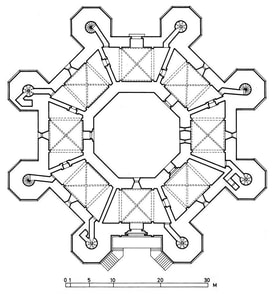 Castel del Monte, located in the municipality of Andria in Puglia, rises up from a rocky hill dominating the surrounding countryside of the Murgia region near the Adriatic Sea. A unique piece of medieval architecture, it was completed in 1240 AD. The castle’s location, its perfect octagonal shape, as well as the mathematical and astronomical precision of its layout all reflect the education and cultural vision of its founder, Holy Roman Emperor, Frederick II, although the actual architect and builder is still unknown. As a leader of modern humanism, the Germanic Emperor brought scholars together in his court from throughout the Mediterranean, combining Eastern and Western traditions. The castle’s unique design, an octagonal plan with octagonal towers at each angle, represents a search for perfection. Interior features reflect Eastern influences, such as the innovative hydraulic installation used by Frederick II which used rain water for the toilets and bathrooms of the fortress. Although he had been the founder of the castle, it is believed that Frederick II never spent a night here. It is believed the castle was initially conceived as a hunting lodge. However, several sources suggest that in 1249 the castle was used as a theater when the wedding of Violante, Frederick’s daughter, took place. In 1256, it was used as a prison for rebels by Frederick II’s son, King Manfredo of Sicily.
The original intended use of the Castel del Monte is unclear. The shape doesn't make it look like a castle but more of a defensive fortress. But it lacks the elements that would be necessary for proper defense: it has no ditches or moat, no drawbridge, no basement..only very large, marble-covered rooms, worthy of a lavish royal residence. During the Middle Ages, all of the rooms were decorated with precious polychrome marble, mosaics, paintings and tapestries, but unfortunately over time Castel del Monte was robbed of its treasures by looters and vandals. The castle was built using three types of material: limestone, white marble and coral breccia. The site is of outstanding universal value in its formal perfection and its harmonious blending of cultural elements from northern Europe, the Muslim world and classical antiquity. Castel del Monte is a unique masterpiece of medieval architecture, reflecting the humanist ideas of its founder, Frederick II of Hohenstaufen. Castel del Monte is also a designated UNESCO world heritage site and is considered to be one of the best castles in Puglia. Perched on top of a hill and see for miles around at an altitude of 540 meters, the castle can be reached by driving on the SS170 motorway. Visiting Castel del Monte April 1 to September 30 from 10:15 to 19:45 - The ticket office closes at 18.00 hrs. October 1 to March 28 from 9:00 to 18:30 - The ticket office closes at 19.15 hrs. The full-price ticket costs 7.00 €, reduced rate of € 3.50 for age group 18-25. Free entry for under-18s and over-65s. Free entry on the first Sunday of the month. Free if you show your handicapped placard or card. Tucked into the pristine landscape of oak and beech trees, streams, meadows and stands of forest is the medieval village of Fiumalbo in the Italian region Emilia-Romagna. It is located about 70 kilometres southwest of Bologna and about 60 kilometres southwest of Modena. Fiumalbo's name evolves from the Latin, flumen album (White River), with reference to the pristine waters of the two rivers that surround the village. The area surrounding the village is dotted with ancient Celtic stone huts, medieval places of worship and the most significant draw to the area, its Natural environment. A dense network of well-marked trails follow old donkey paths once traveled by shepherds and pilgrims can be traveled on foot, horseback or mountain bike. In addition, the proximity of modern ski resorts is a real bonus in winter. The streams are a destination for fly fishermen. In the vicinity, the nearly 40,000 acre Frignano Park sets the tone with its impressive natural beauty. The little borgho even has the credentials to prove their beauty, being a member of the Borghi più belli d’Italia association and having been awarded the Italian Touring Club Orange Flag status. Pistoia is just 7 miles or so over the Abetone pass, helping to unify the 1200 or so borghi. The common local dialect, due to the proximity of the border of Liguria and Tuscany, also helps knit together many of the local customs. The highest peaks of the Modena Apennines are here: Mount Cimone (2165 m) on one side and Mount Lagoni (1962 m) on the other. The spirit of the Celts are here, too. Not only in the forests, but on the houses of the region... Strange and mysterious, carved stone faces called marcolfe (mummies) are found throughout the region. The symbol of the wolf and talismans of Celtic culture supposedly ward off the malocchio (evil eye). Celts came to Italy in the fourth century BC and left their mark in the region, evidenced by the Celtic stone huts similar to those found in Ireland and Scotland. Some examples--a few with rye grass roofs--can be found in the village of Valdare and along the road from Fiumalbo to the foot of Mount Cimone. The cuisine of the region is a mix of both Emilia and Tuscany with tortellone filled with ricotta, black cabbage soup, and a traditional sliced beef dish. Borlenghi, a paper thin crepe similar to carasau from Sardinia, is another traditional dish, stuffed with bacon and salami. Then there is tigelle, a stamped bread embossed with a Celtic rose, indicating its origin. Main courses feature what comes from the forest--mushrooms and game, accompanied by polenta. Their prideful dessert is the Croccante, invented in Fiumalbo, including natural ingredients such as chestnut honey, white almonds, sugar and caramel. 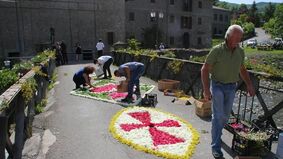 So, tear up your Must See List for Italy and visit one of Italy's small towns... there is a lot to do here: Fiaccolata di Carnevale February: on the night before Ash Wednesday, there is a parade through the village with people carrying birch torches, even torches lighting the stream. The flames signify giving up the coldness and hardships of winter and looking forward toa fruitful spring and summer. Infiorata del Corpus Domini Flower Festival on the the Sunday of the Corpus Domini procession through the streets with large, intricate floral carpets created by the inhabitants. Fiera di Luglio A sagre (food festival) on the second Sunday of July: food stands and stalls selling local produce, cheese, wine, etc. Festa di San Bartolomeo August 23: Feast of St. Bartholomew, the patron saint of the village. The village is illuminated with torches, torches, candles, and even candles lighting of the stream. A saint is accompanied in procession by the brotherhoods of the Whites and the Reds, wearing traditional costumes and carry ancient banners. The festival ends with fireworks. Presepe Vivente A living nativity, December 24, biennial. People are dressed in the clothes of their ancestors, carrying out traditional crafts. The highpoint is the Wise Men on horseback following a path lit by torches that winds through the old town and leading to the Nativity scene and the Christ child. --GVI Copyright 2019 - GrandVoyageItaly.com - Not for reproduction without expressed permission. Calascio is a small village and "Rocca" (fortress) in the province of L'Aquila, in the Abruzzo region of central Italy. It is located in the Gran Sasso e Monti della Laga National Park. 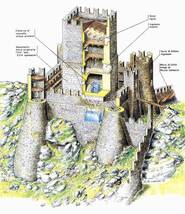 Rendering of how the Rocca used to look Rendering of how the Rocca used to look The earliest village on this site was of Norman origin since the 9th century AD. From the year 1000 onward, it came under control of the Barony of Carapelle (14th century), the Piccolomini family (15th century) and then to the Medici family (16th century), each in succession adding to and enlarging the massive fortress on the rocca above the village. Rocca Calascio, situated at 4800 feet in elevation, lies in an imposing landscape and is one of the most interesting military-defensive structures of its type. It is the highest and one of the oldest fortresses in Italy and affords amazingly dramatic photography, especially at sunrise and sunset. In fact, even Hollywood has been here before--as example--for the filming of Lady Hawke. The fortress dominates the southern side of the Gran Sasso mountain range. It has all the characteristic features of a medieval watchtower. The tower would have been transformed into the current Rocca during the 15th century. At first, there was only a single watchtower for military purposes. There is a walled courtyard with four cylindrical towers at the corners. A taller inner tower was added in the thirteenth century that collapsed during an earthquake centuries ago. The central tower was never rebuilt and today only the exterior walls remain. Curiously, during the time of the Medici, it was used to guard the paths used to move the royal flocks of sheep to their pastures. Parco Nazionale del Gran Sasso e Monti della Laga The real draw to this part of Abruzzo is the surrounding natural landscape with amazing biodiversity... flora, fauna, waterfalls and gorges. Gran Sasso e Monti della Laga National Park covers an area of 580 square miles and is one of the largest parks in Italy. It offers skiing, trekking, mountain biking, horseback riding, mountain climbing, paragliding and more. In addition, from June through October there are over 200 festivals and sagre (food festivals), so your culinary and cultural apetite will surely be satisfied. The Park consists of three mountain groups: Gran Sasso d'Italia chain, Laga massif, and Gemelli Mountains. The Park is also characterized by the presence of the highest peak of the Apennines, Corno Grande at nearly 10,00 feet tall. The most southern glacier in Europe is located here too--the Calderone. Trekkers might be surprised by the prescence of the Osservatorio di Campo Imperatore, a telescopic observatory high up on a mountaintop along with its own botanical garden. In the town of Fonte Cerreto, there is a large funivia (cable car) to take you up to the top of the mountain. Bottom line... if you love mountains, nature and back country activities, a visit to the Park and Calascio will be a great alternative to the "must see" tourist site in Italy. --GVI 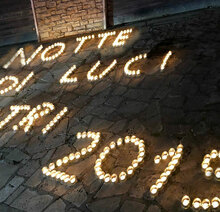 Starting a new tradition to celebrate the holiday season in 2018, the town of Itri in Lazio hosts Notte di Luce, illuminates its historic center with over 22,000 glass jars with candles. The lights are artistically designed by scores of volunteers in magical and surprising ways, turning the village into a glorious flickering wonderland. It's amazing that the candles all get lit within a short period of time at the beginning of this wonderful evening. The luminaries are hung on windows, doors, over streets, on facades of buildings and even on the steps and stones visitors walk upon. If you want to enjoy the holiday festivities of small-town Italy, Itri might be just the place to be. This is certain to be a tradition that continues for years. City of Itri Tel: -07717321 Web Site: comune.itri.lt.it 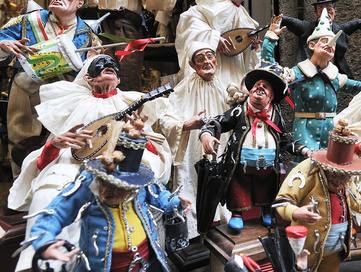 Italians love their presepe (nativity scenes). They buy them, they collect figures, they even make them from scratch and compete in their local competitions. And no where do they celebrate and promote the presepio as much as on Via San Gregorio Armeno in Naples. In fact, it's an all-year-round thing, so if you visit Naples in the summer, plan ahead and buy a presepe and some figures for next Christmas. If not, try visiting when the shops are gearing up for the holiday rush and putting out their newest creations during September or October. This street is packed full with shops selling artistic Italian style nativity figures and structures on which to display them. Many of these are actually wonderful examples of artistic talent, a craft passed on from generation to generation. Visitors can even watch how they are made in the workshops and studios--hands, feet and heads in terracotta, and clothing from fabrics or cartapesta (Papier-mâché). Still other craftsmen create all manner of structures like barns, villas, temples or entire villages out of plaster and paint. In recent years, presepe figures have been made to mimic popular culture. You'll find not only the Pope, but soccer players, movie stars, politicians and recording artists. |
Categories
All
Archives
May 2023
|

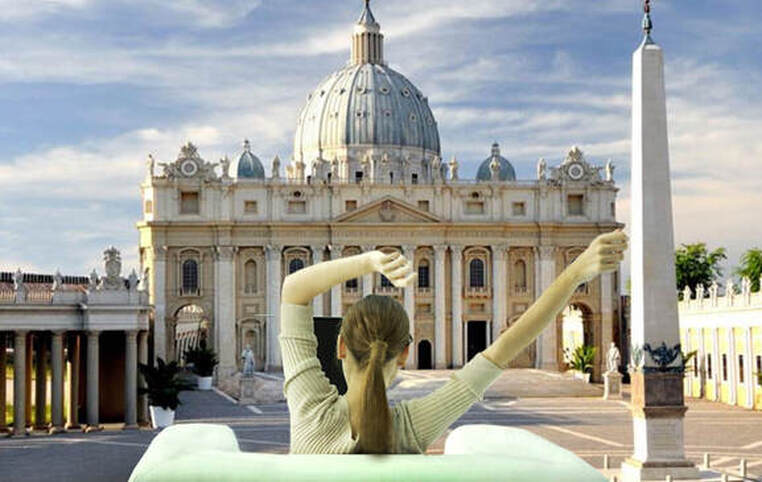
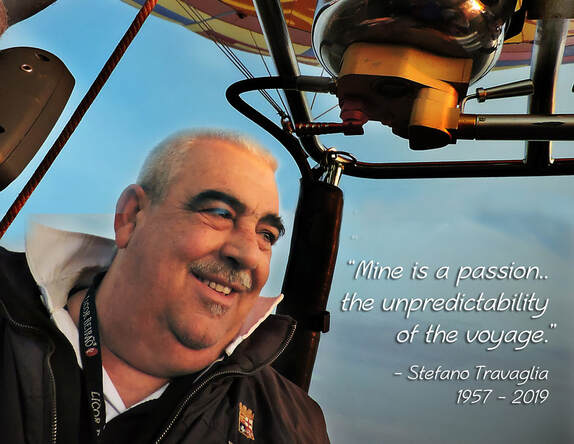
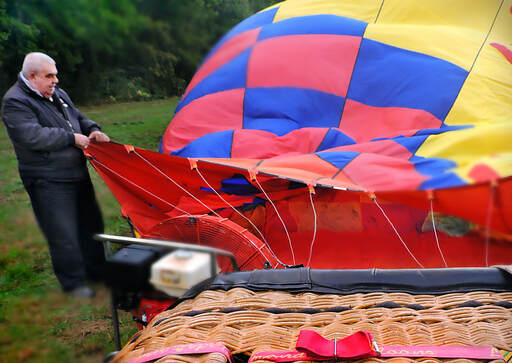
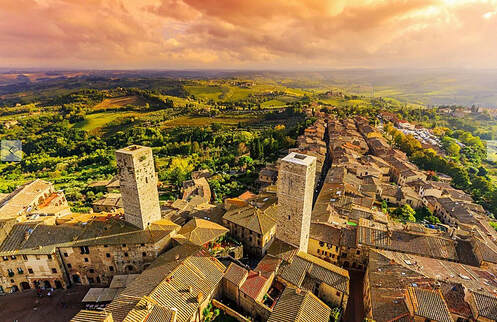
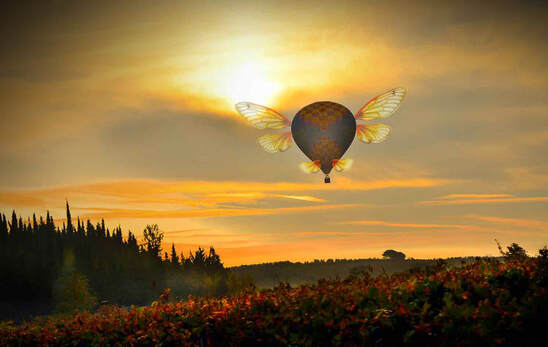
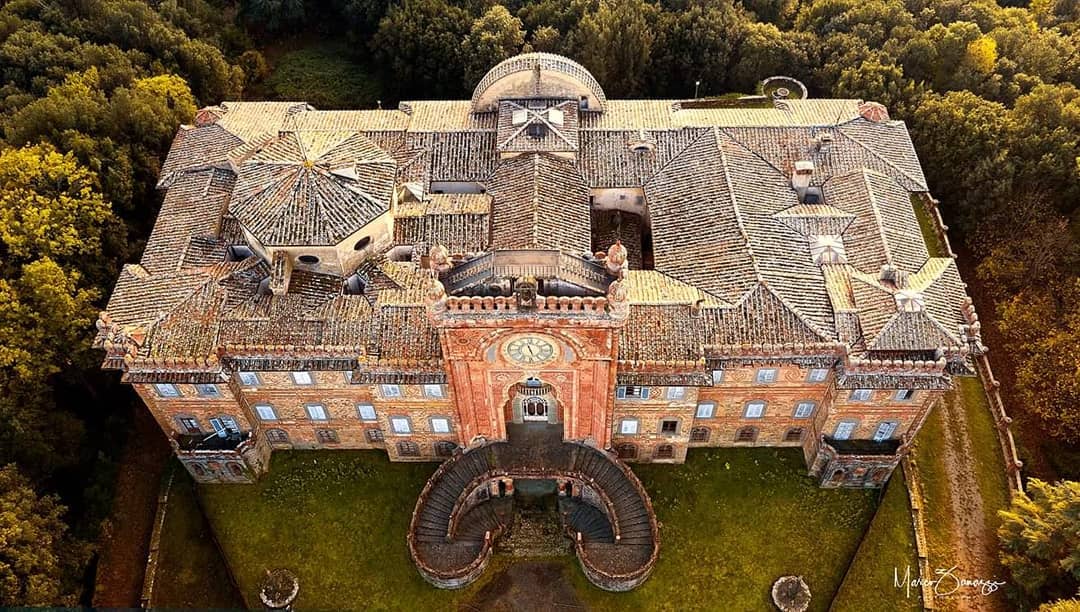

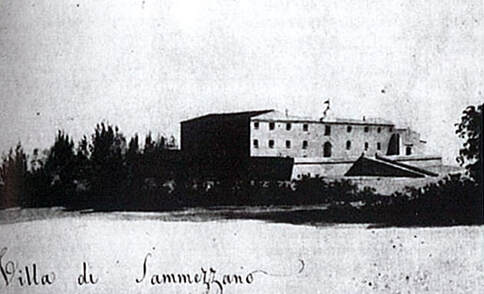

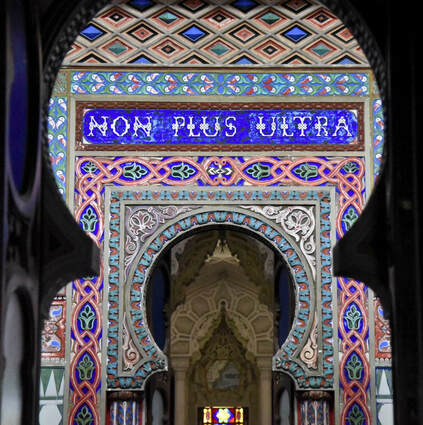
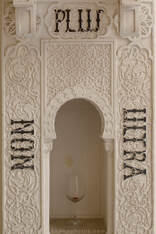
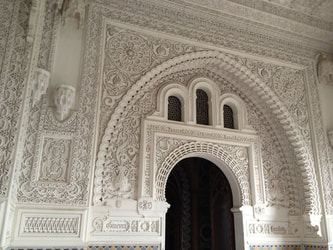
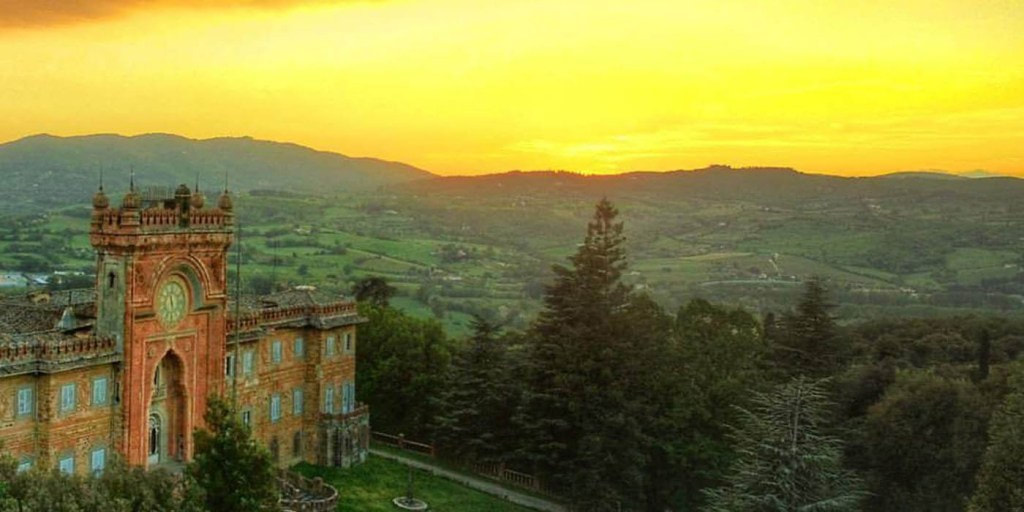

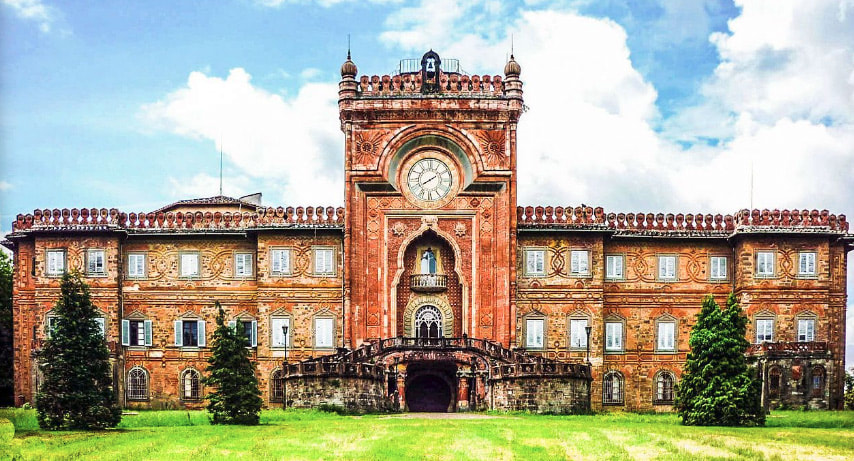
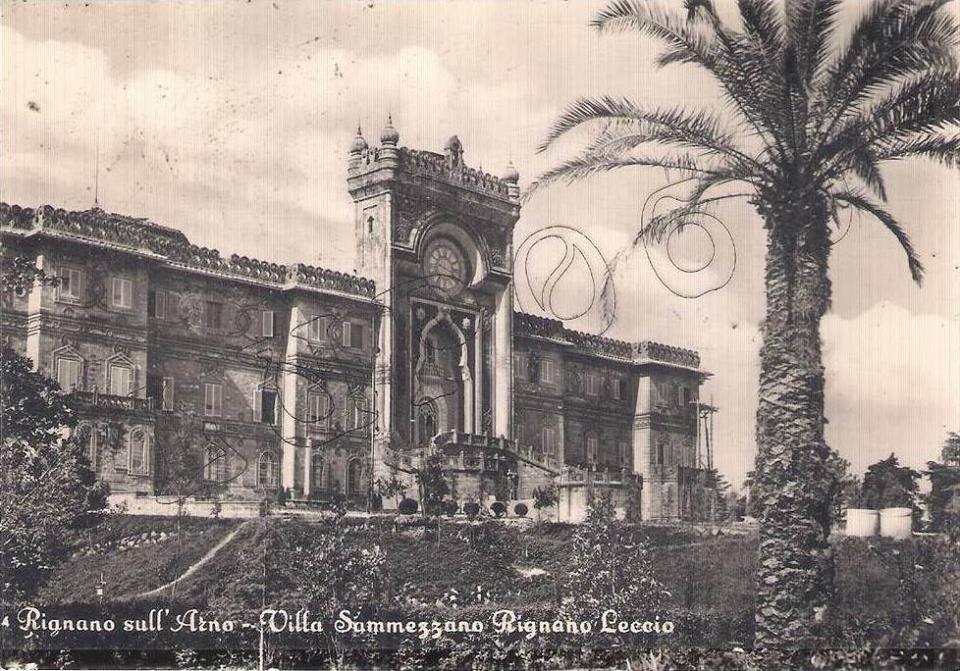
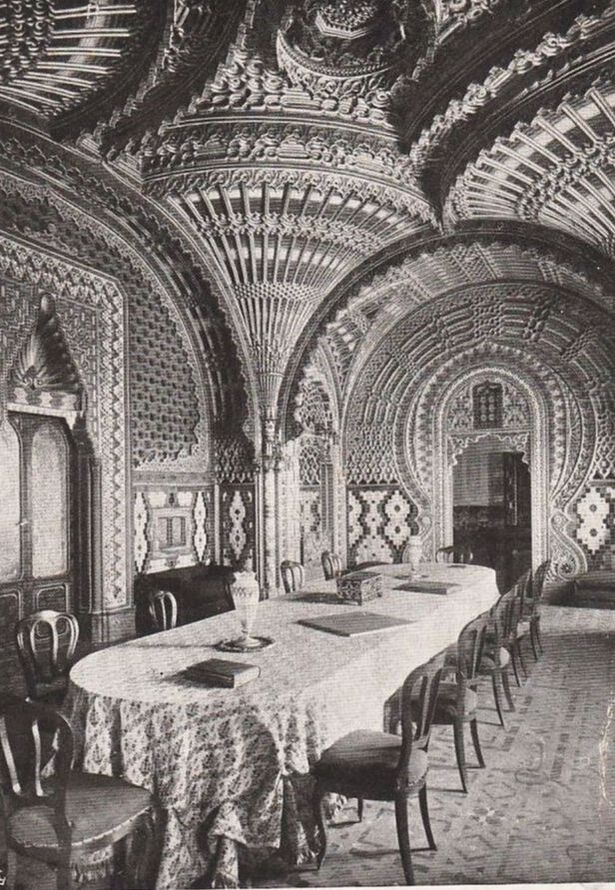
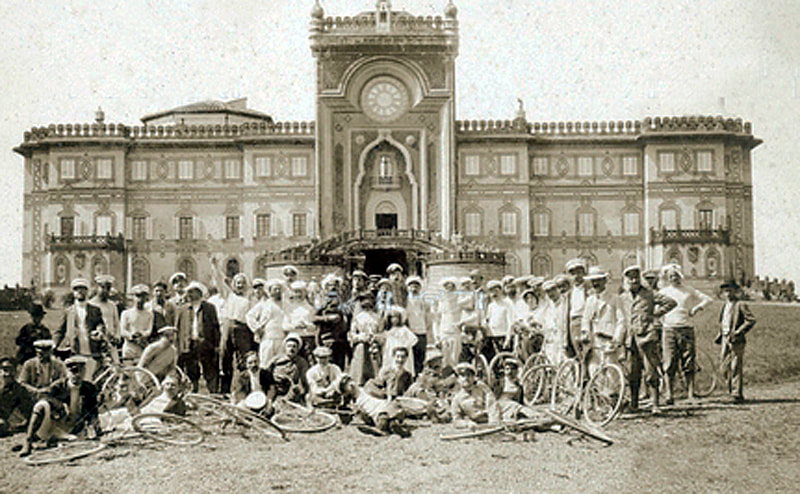
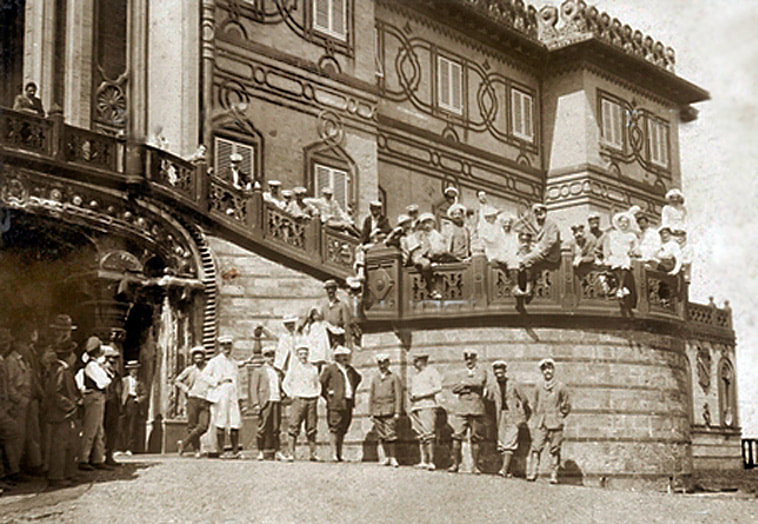
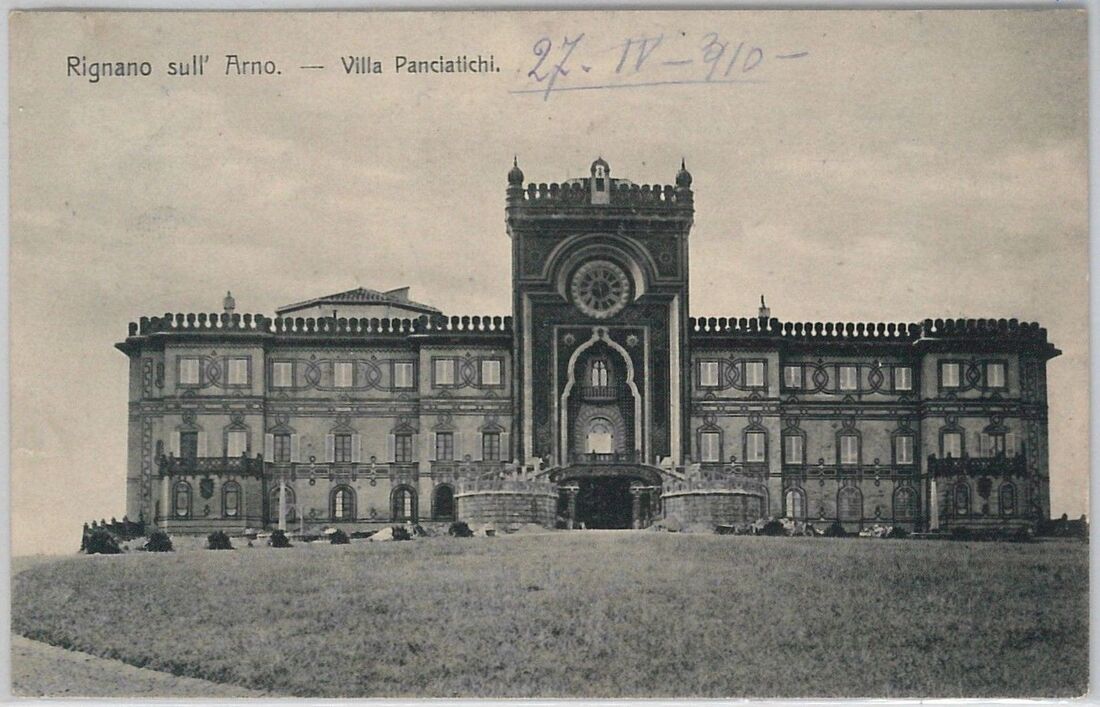
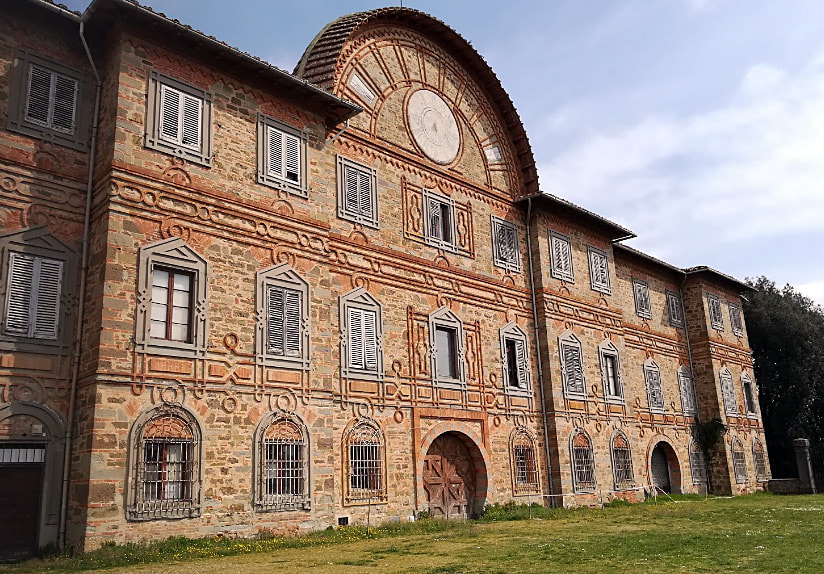
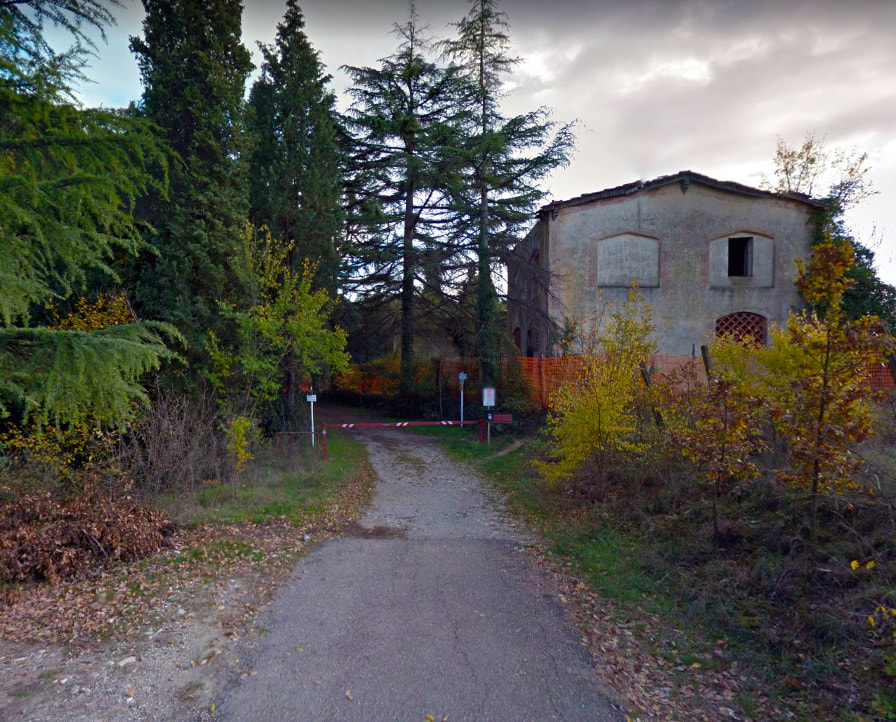
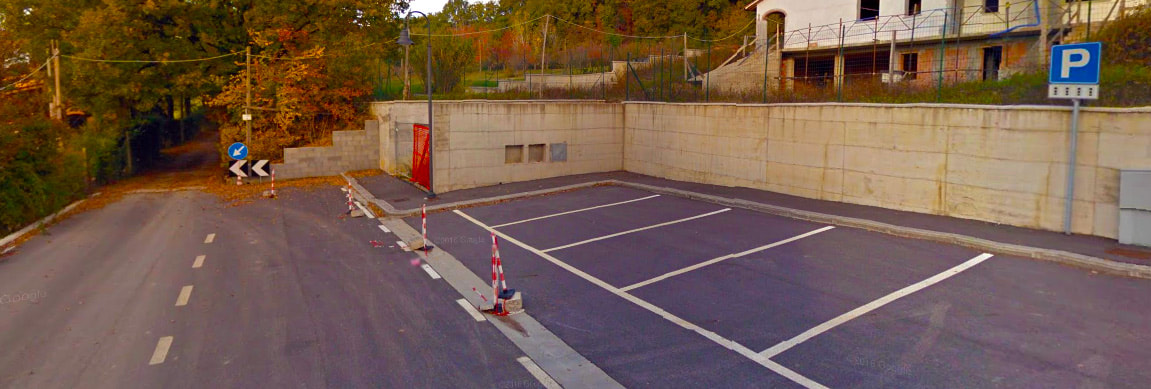
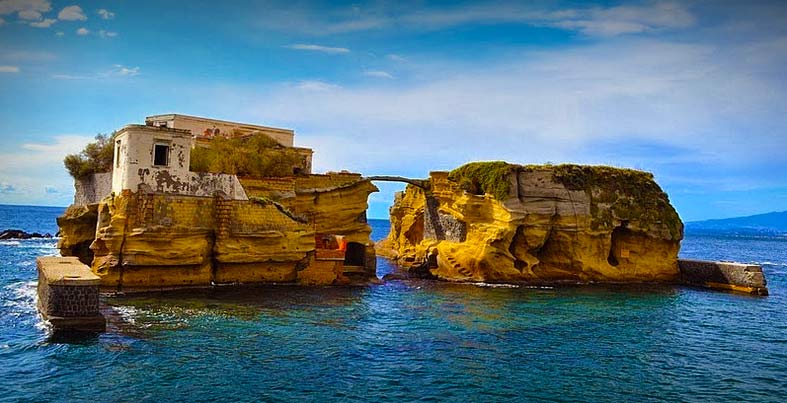

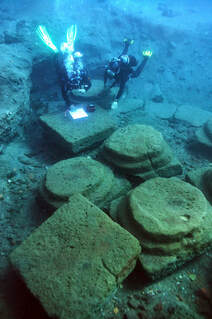
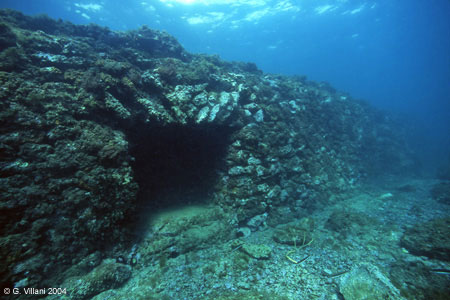

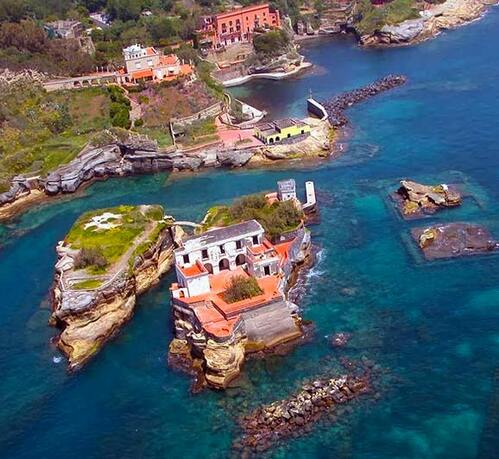

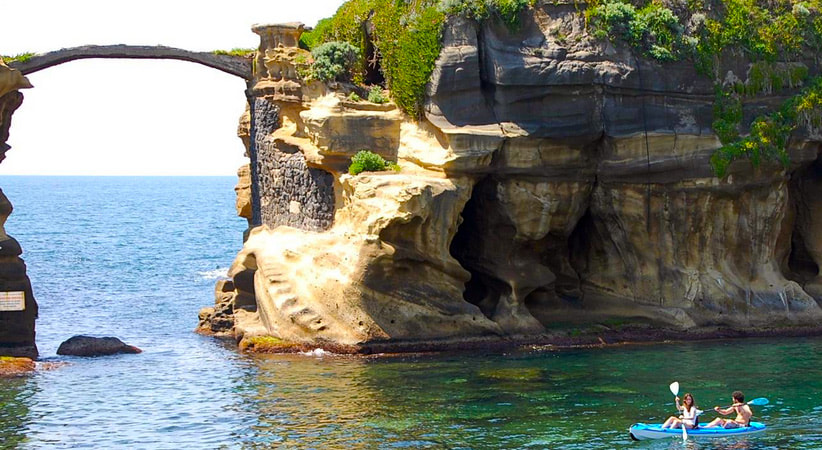

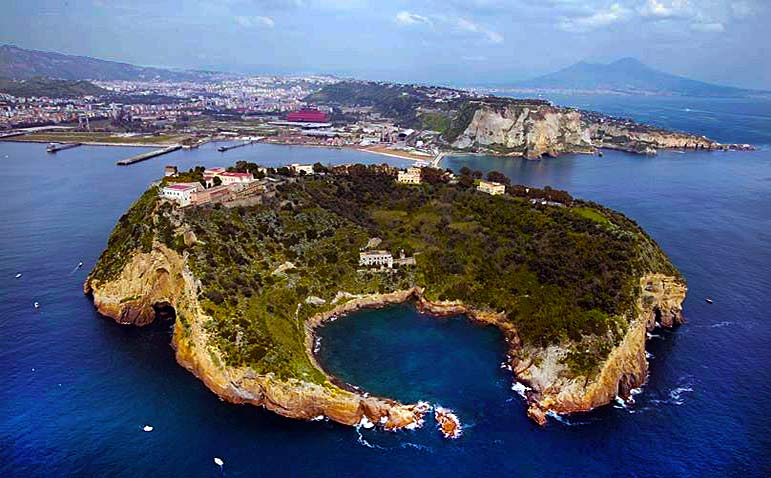

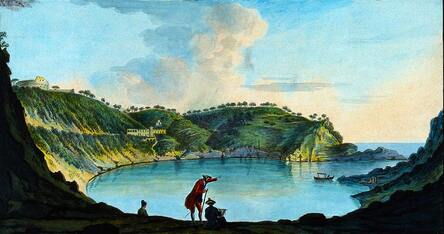
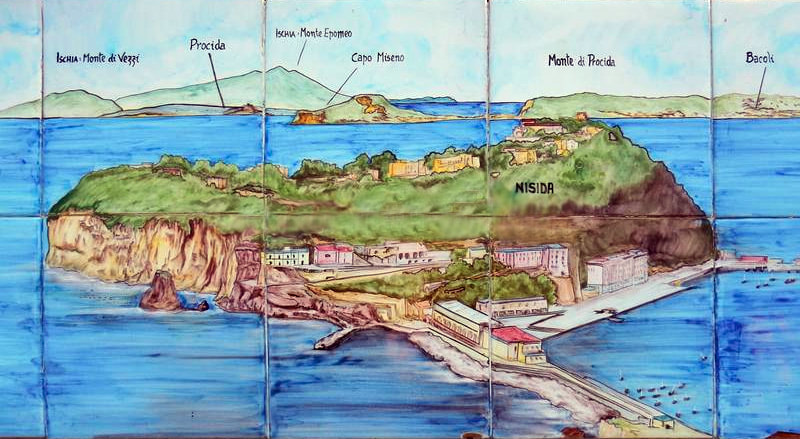
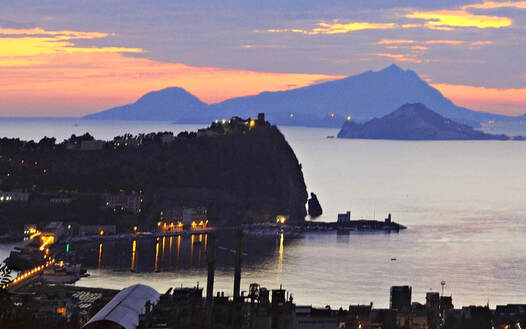
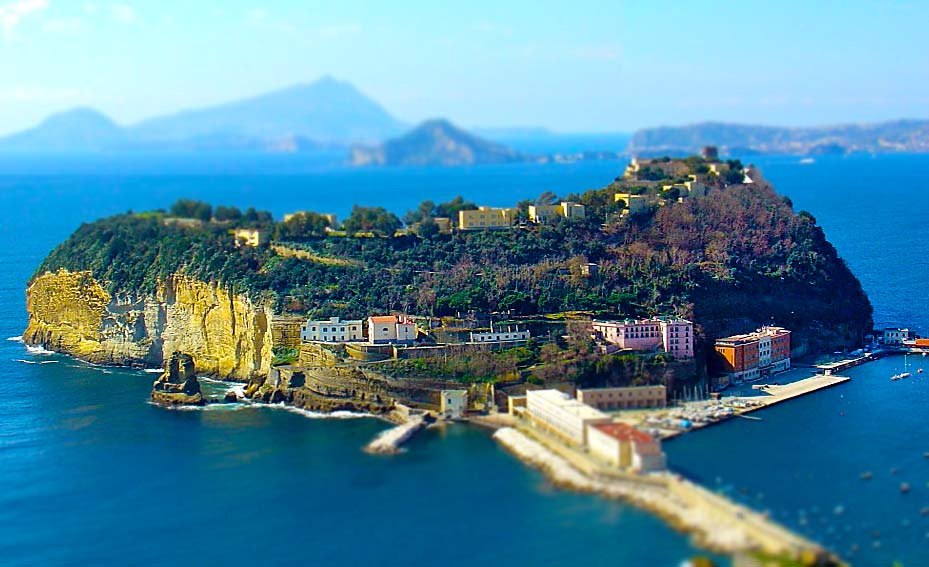
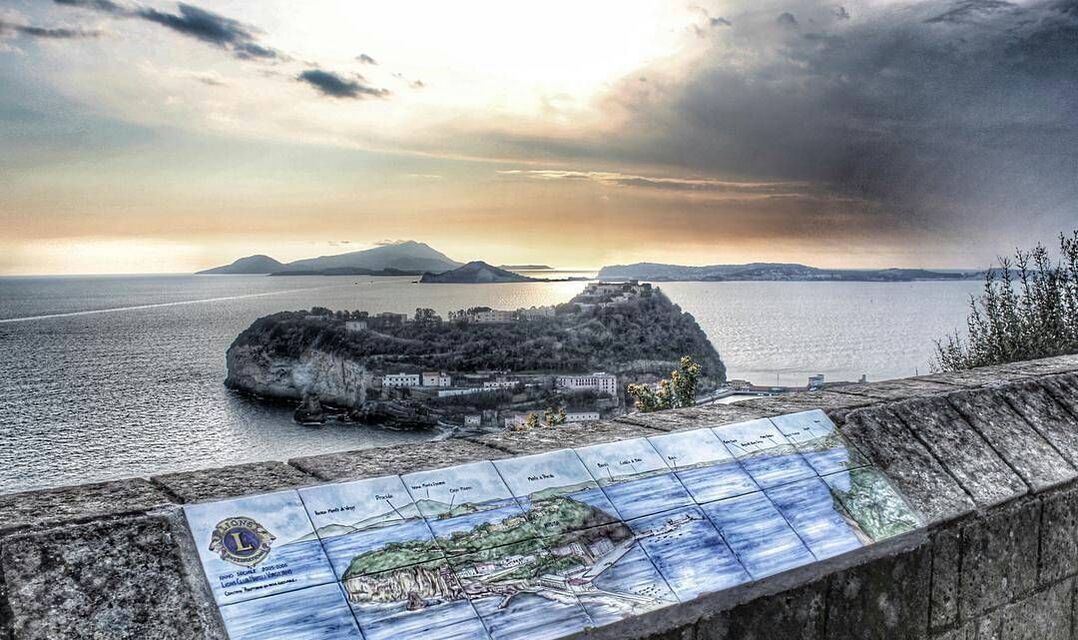
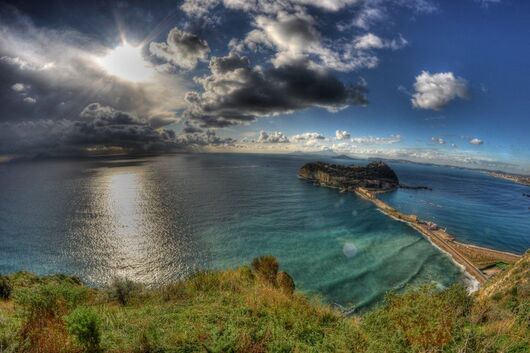
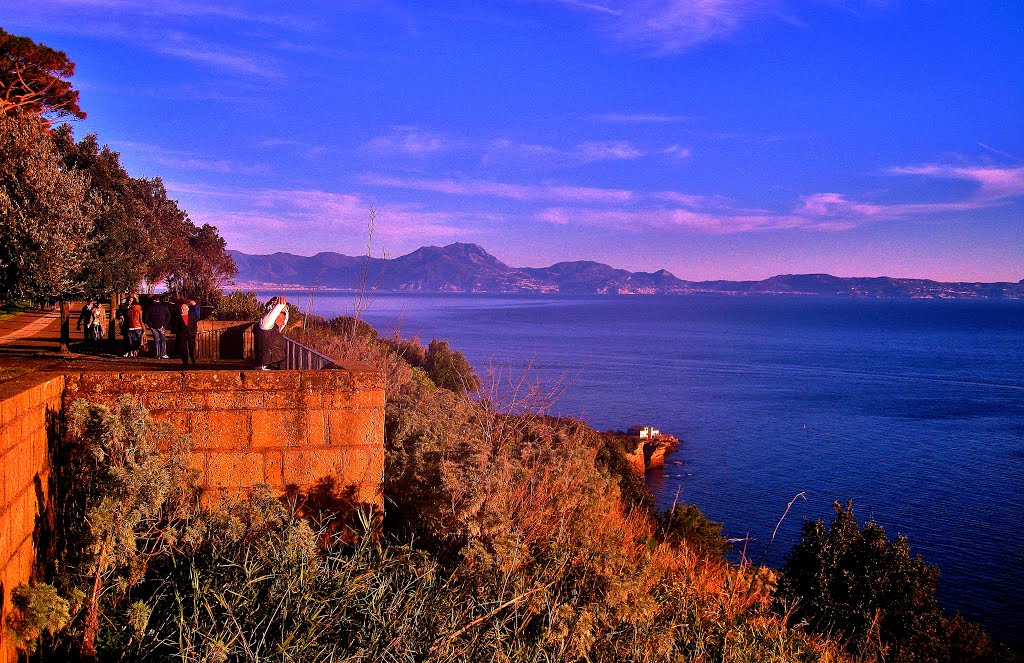
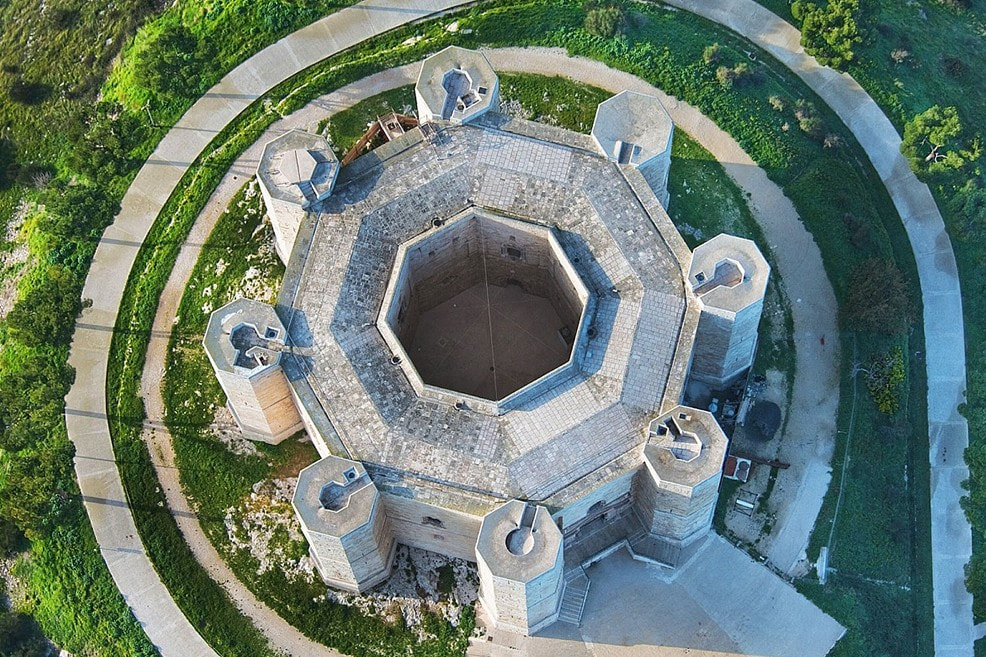
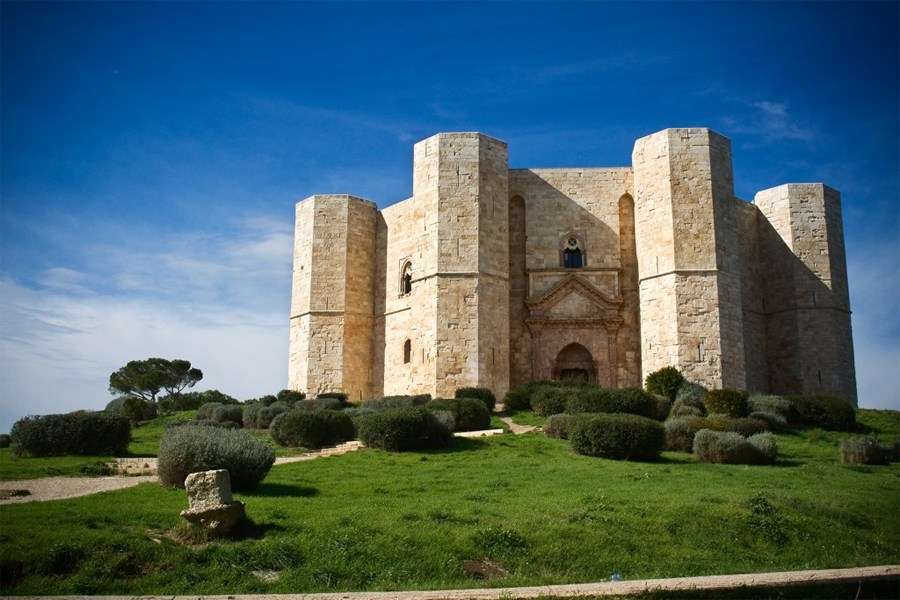
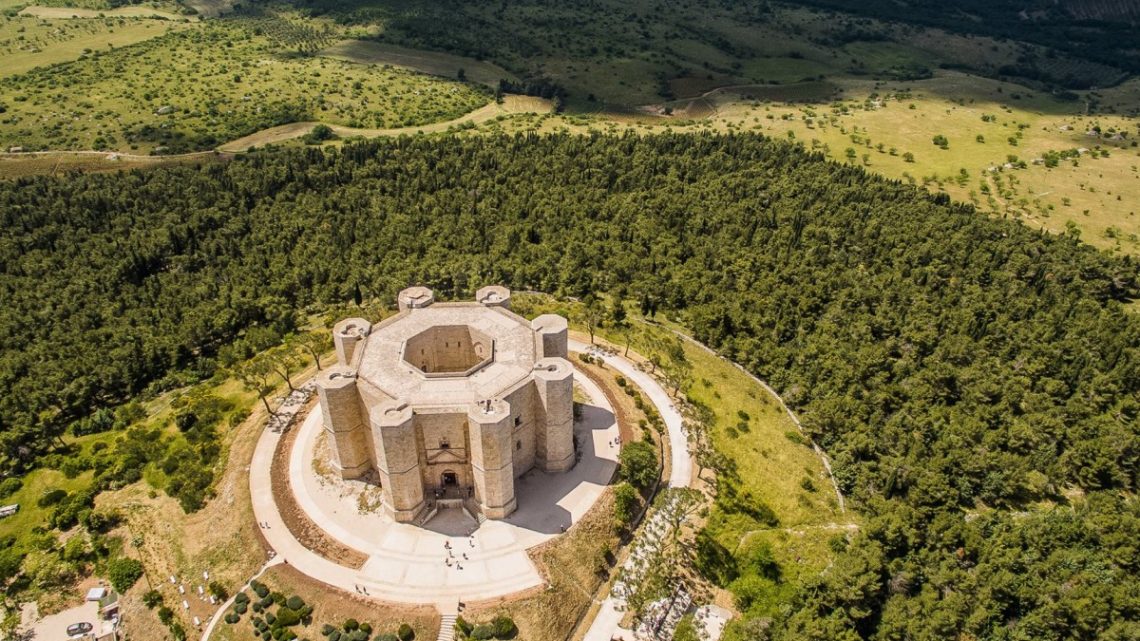
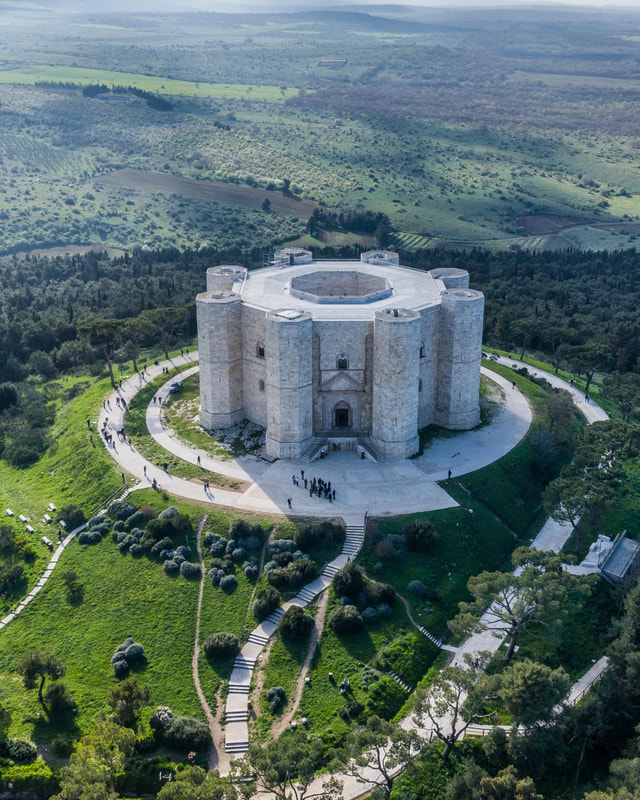
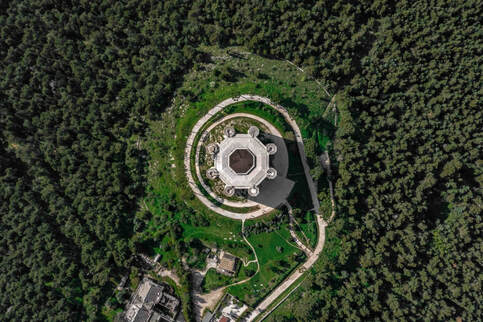

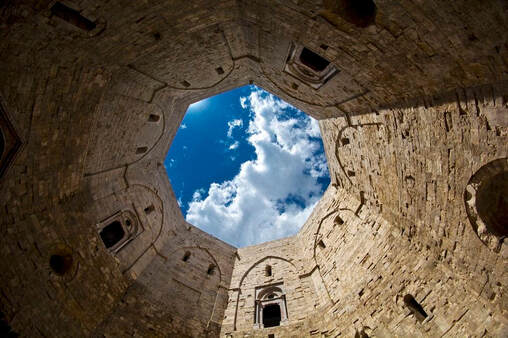
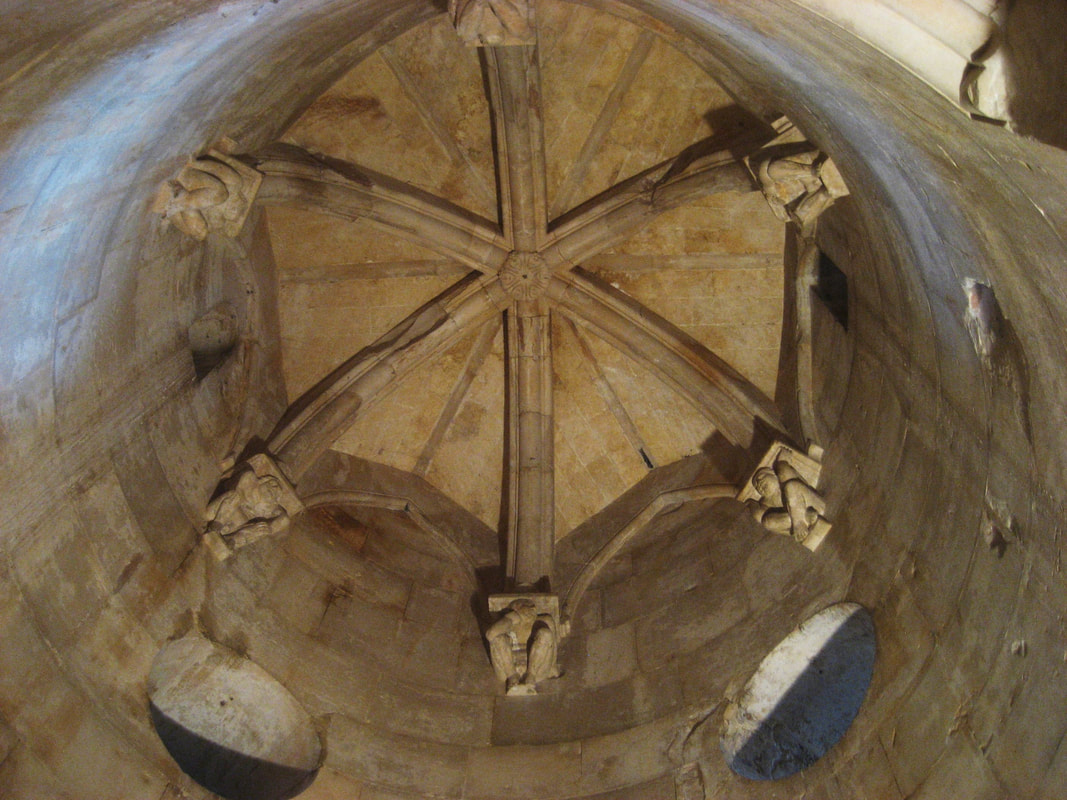
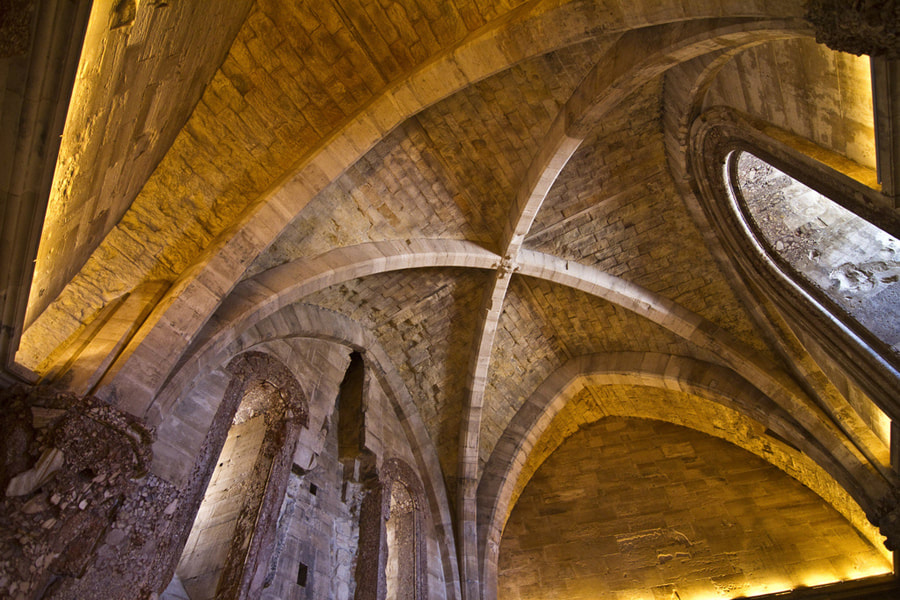
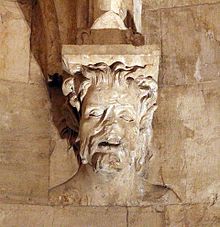
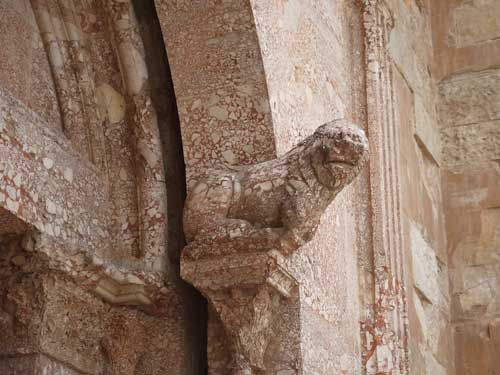

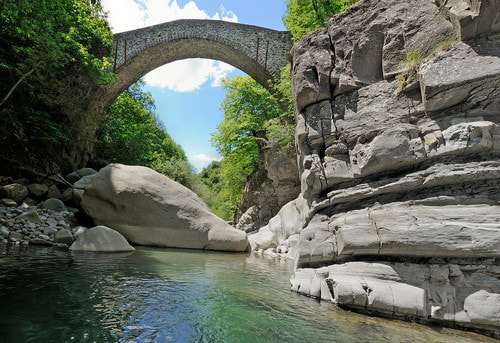
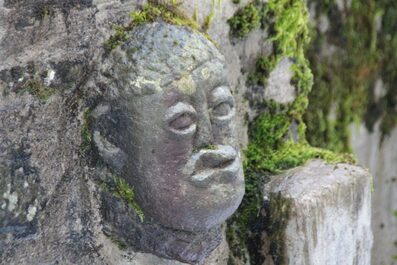
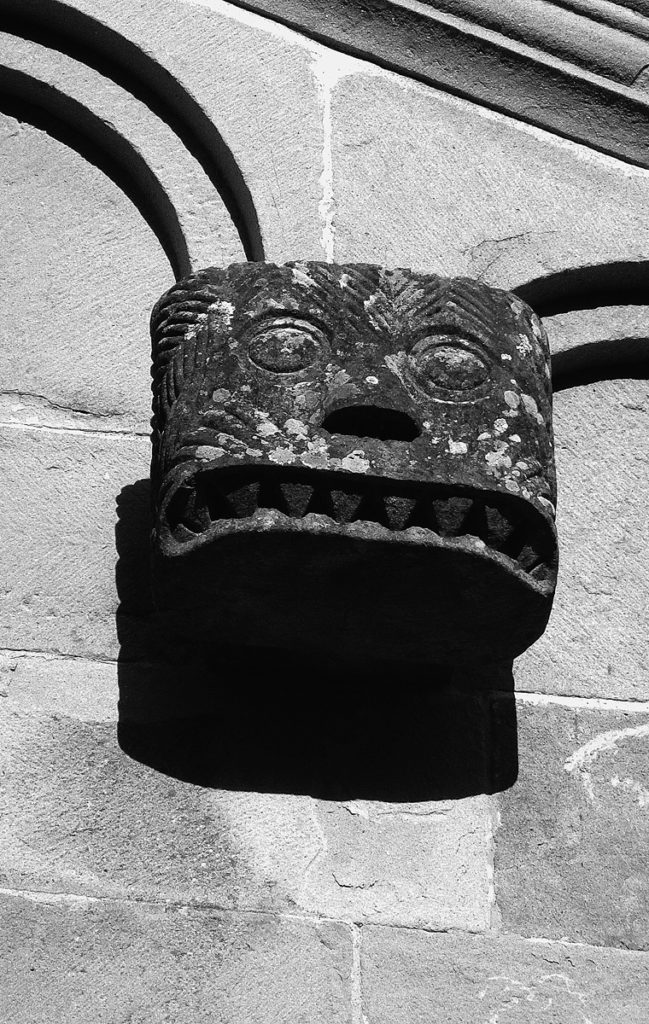
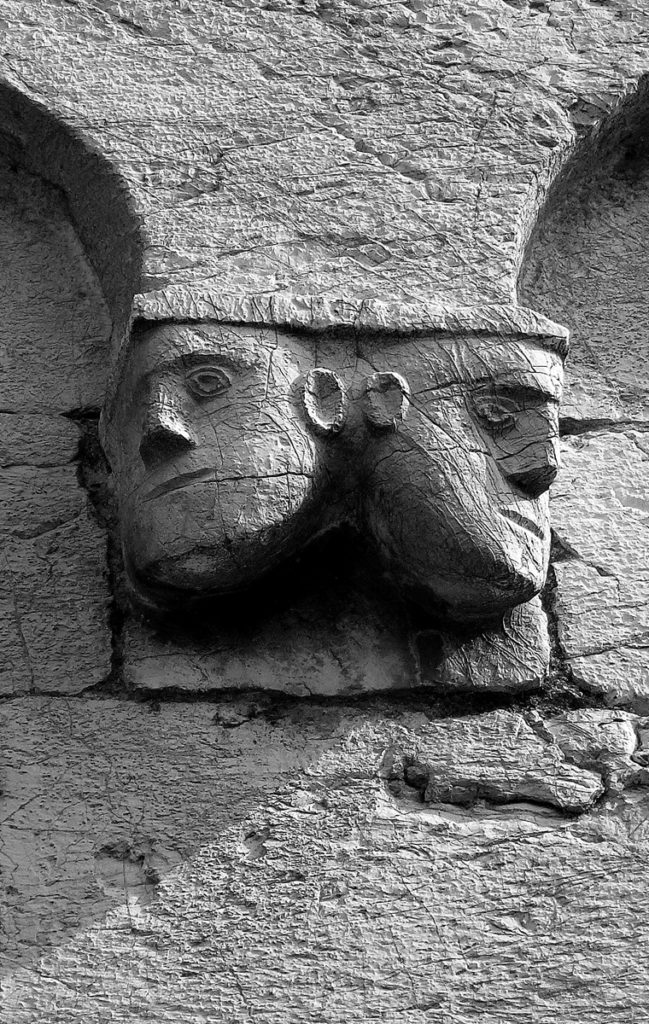
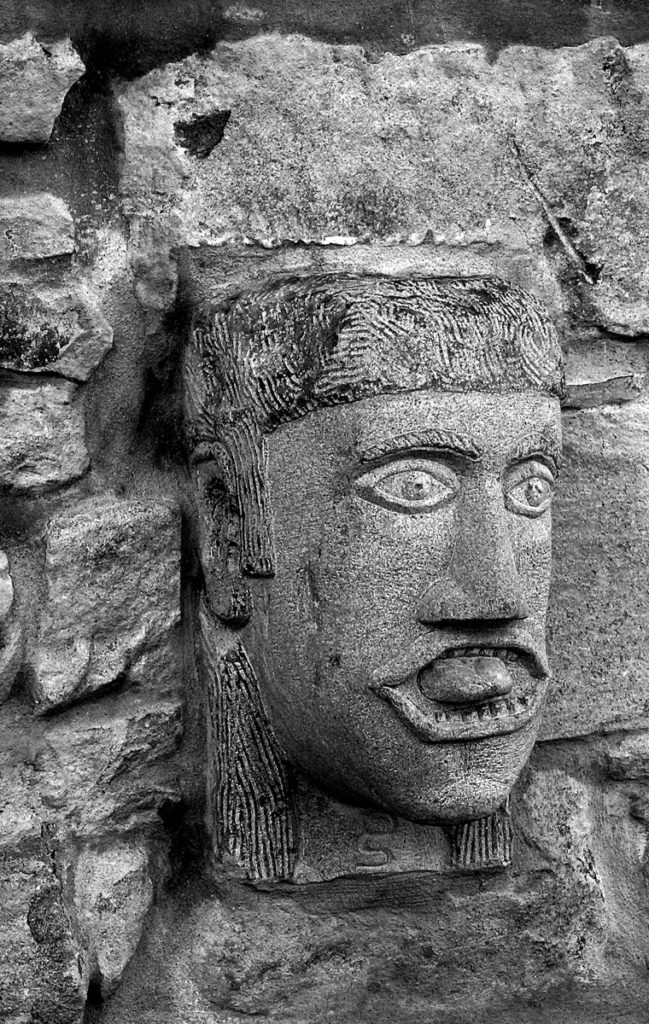
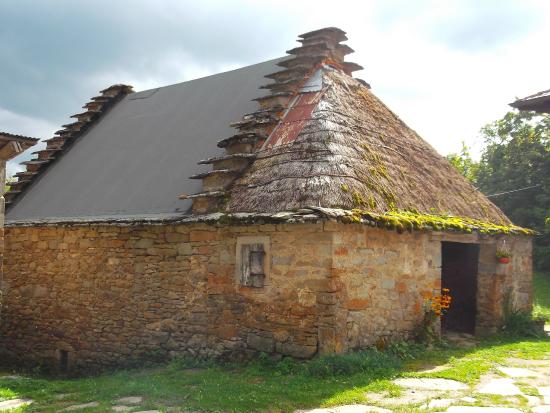
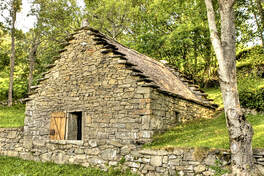
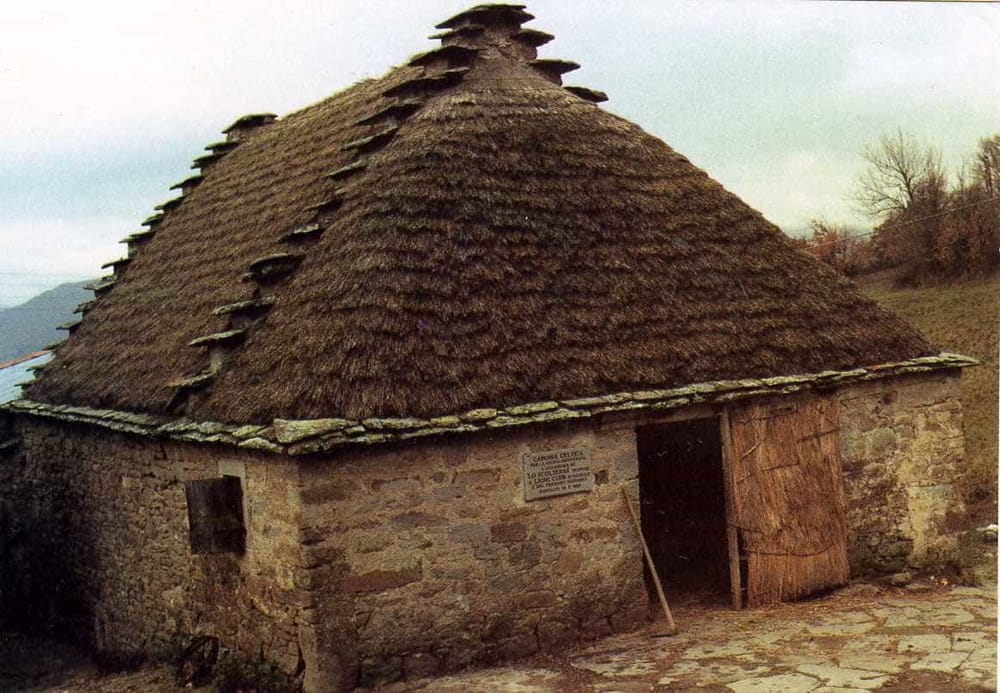

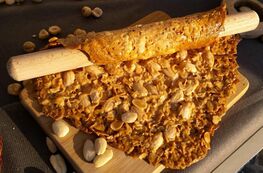




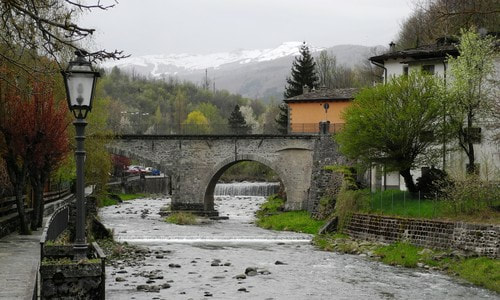
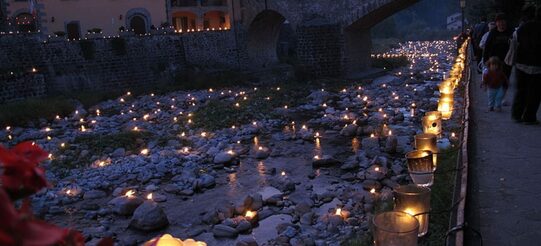
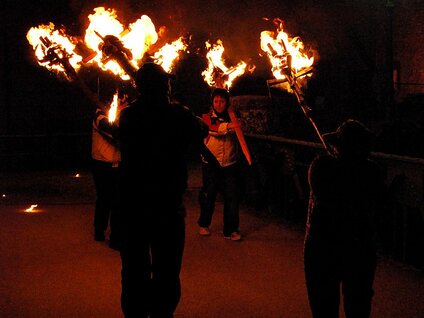

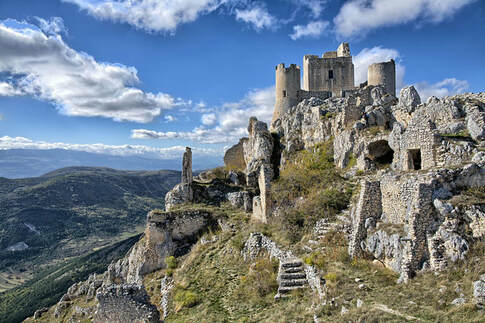
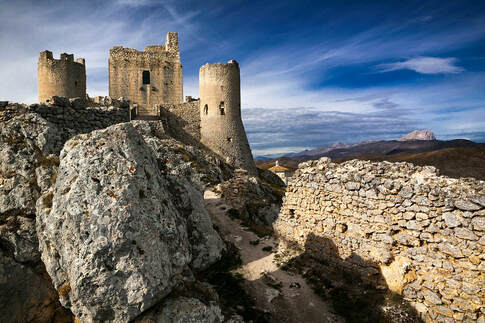
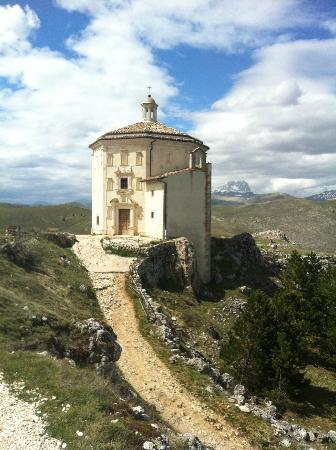
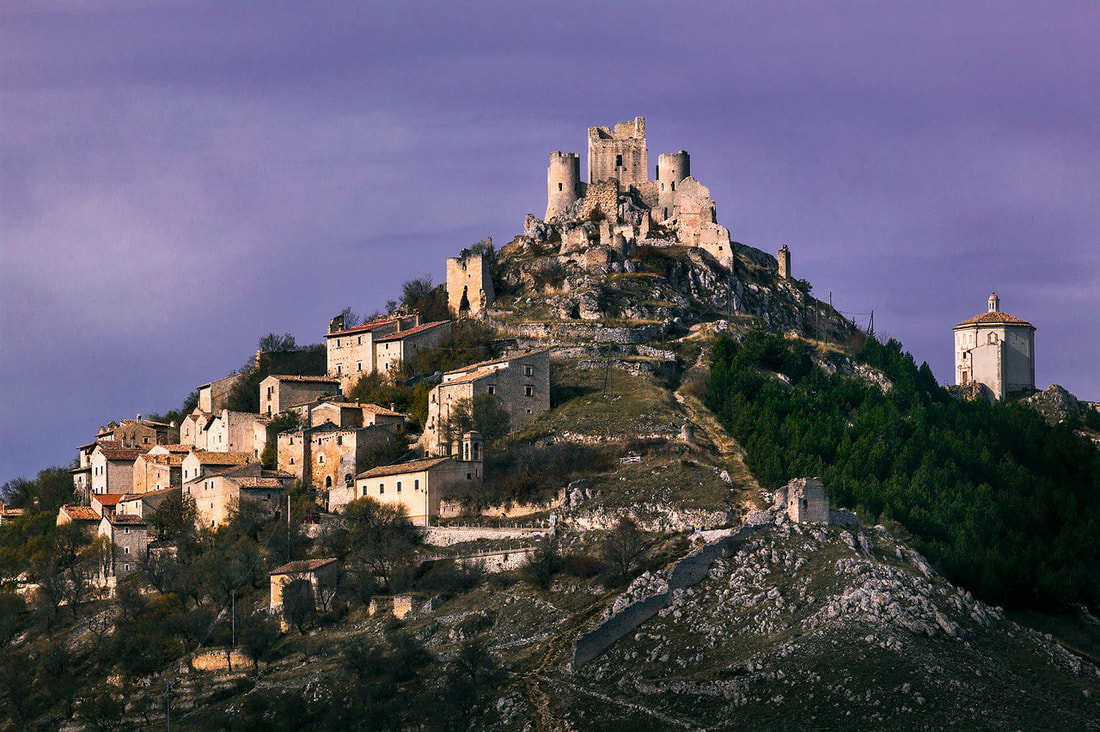
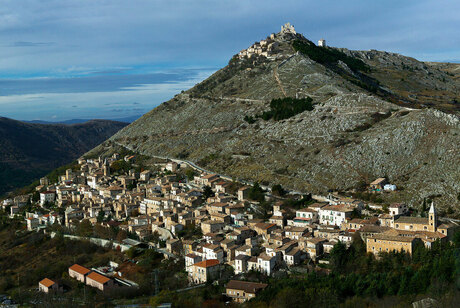
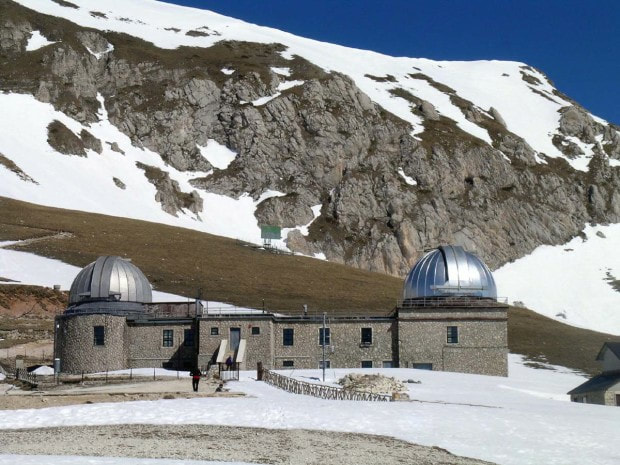
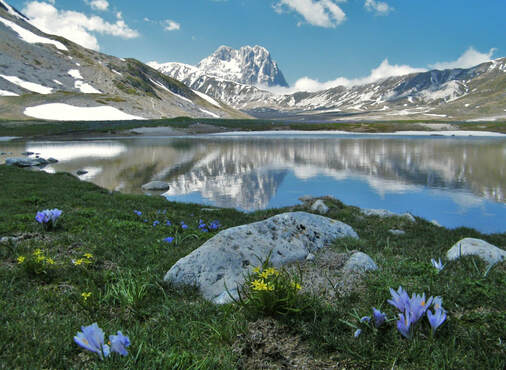
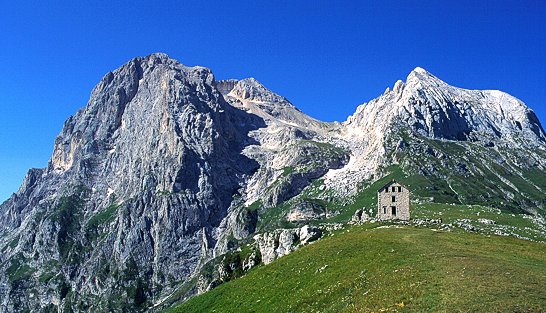
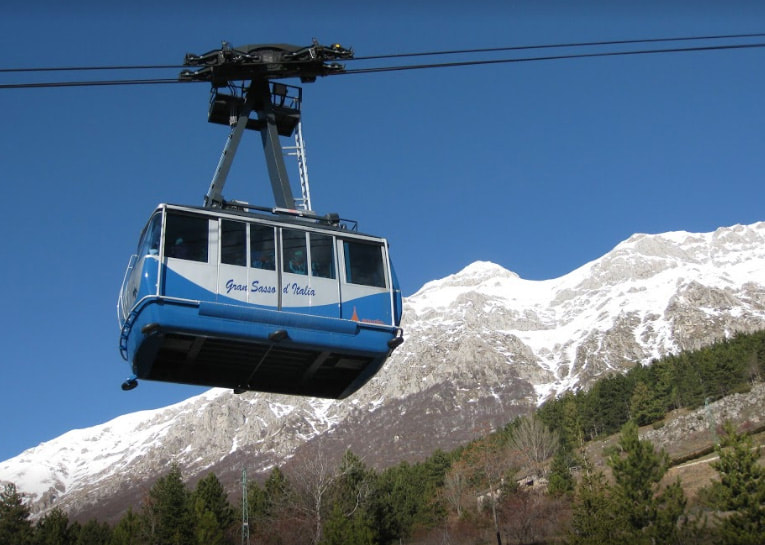
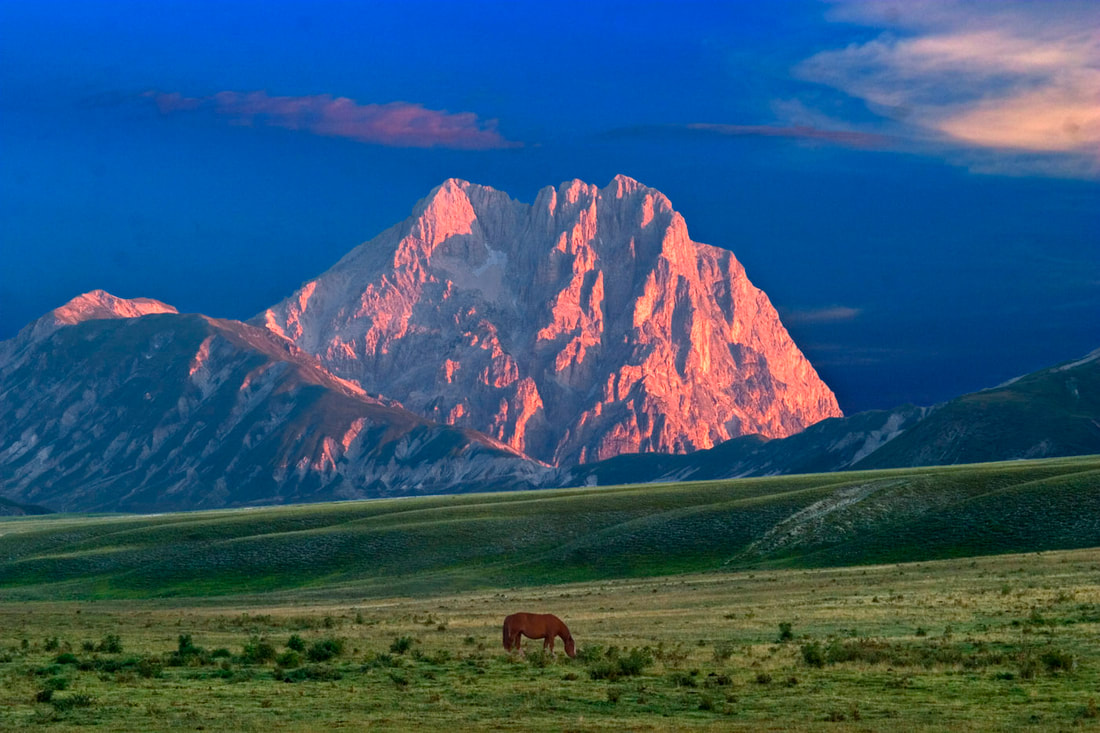
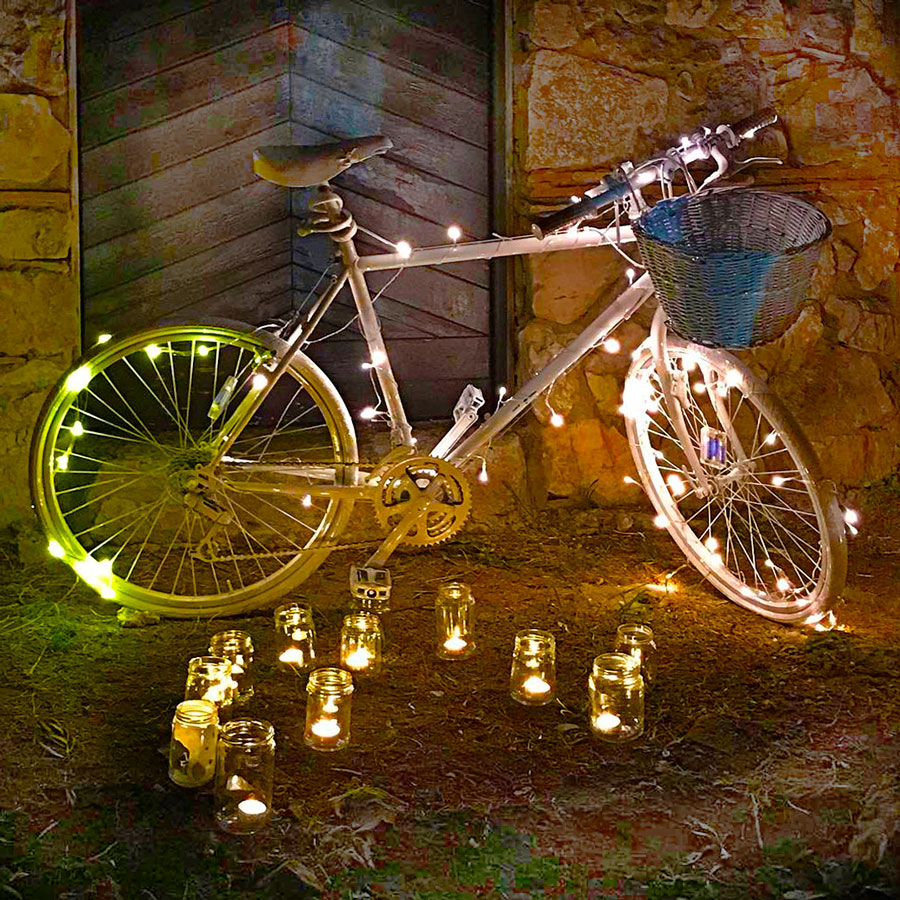
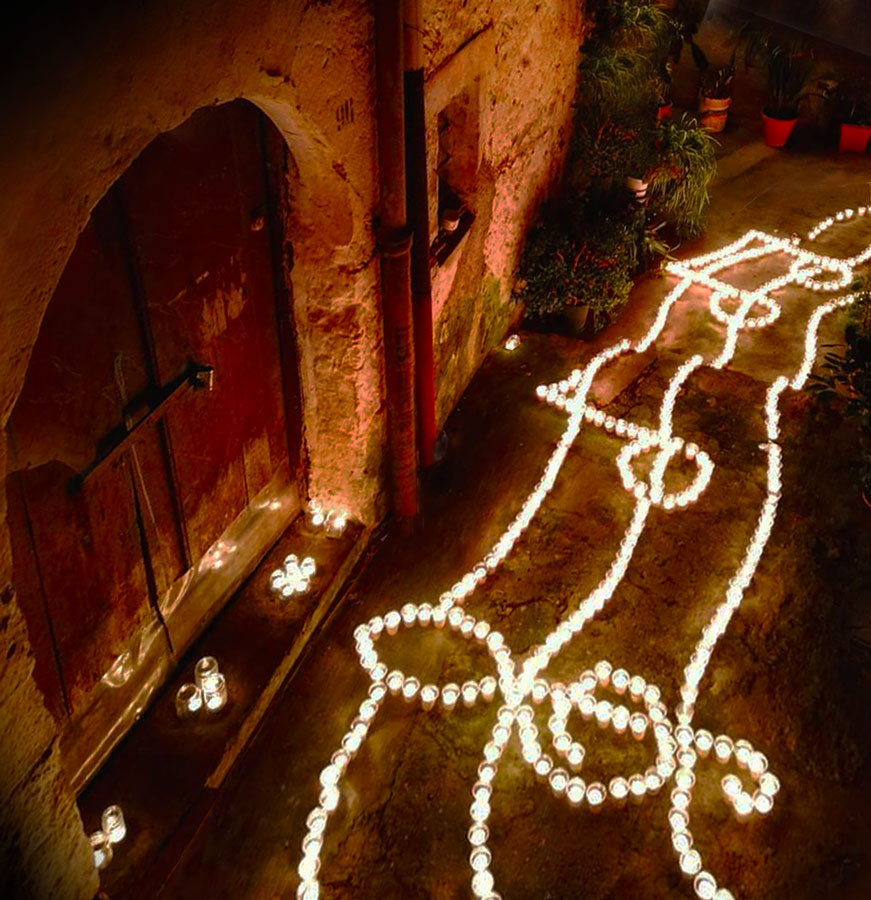
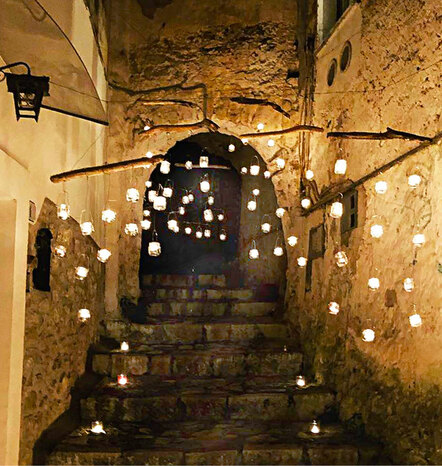
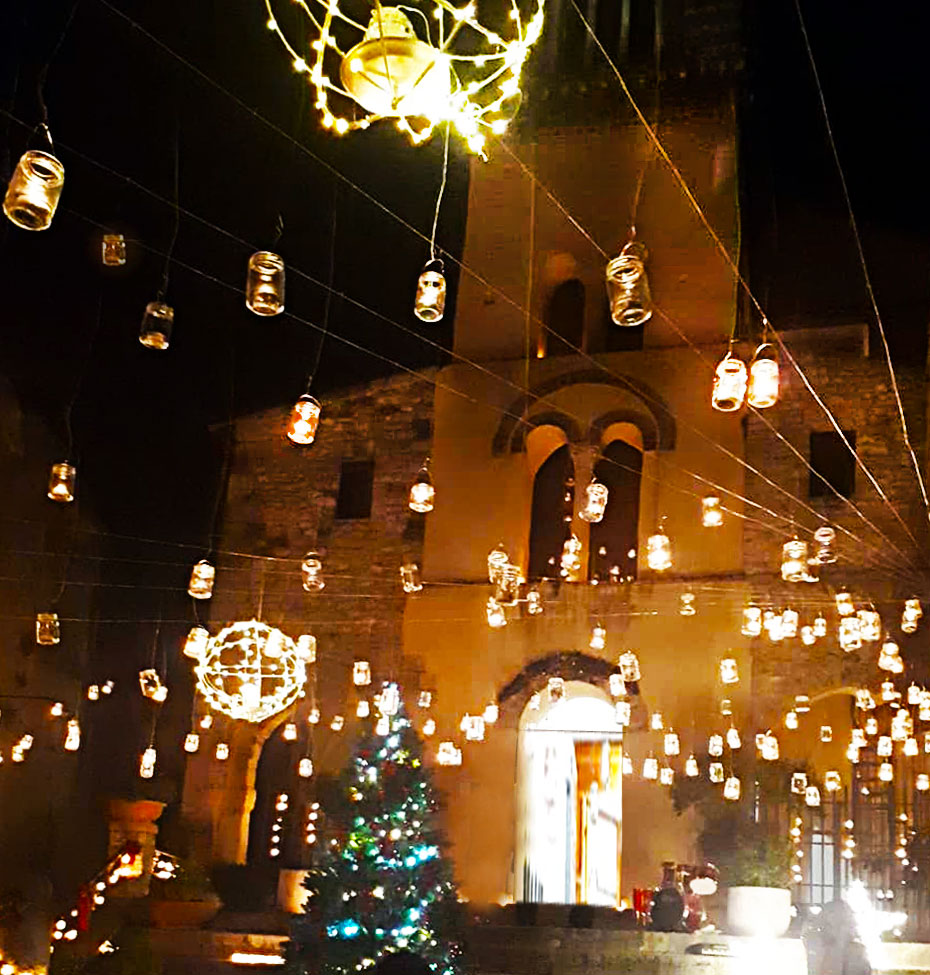
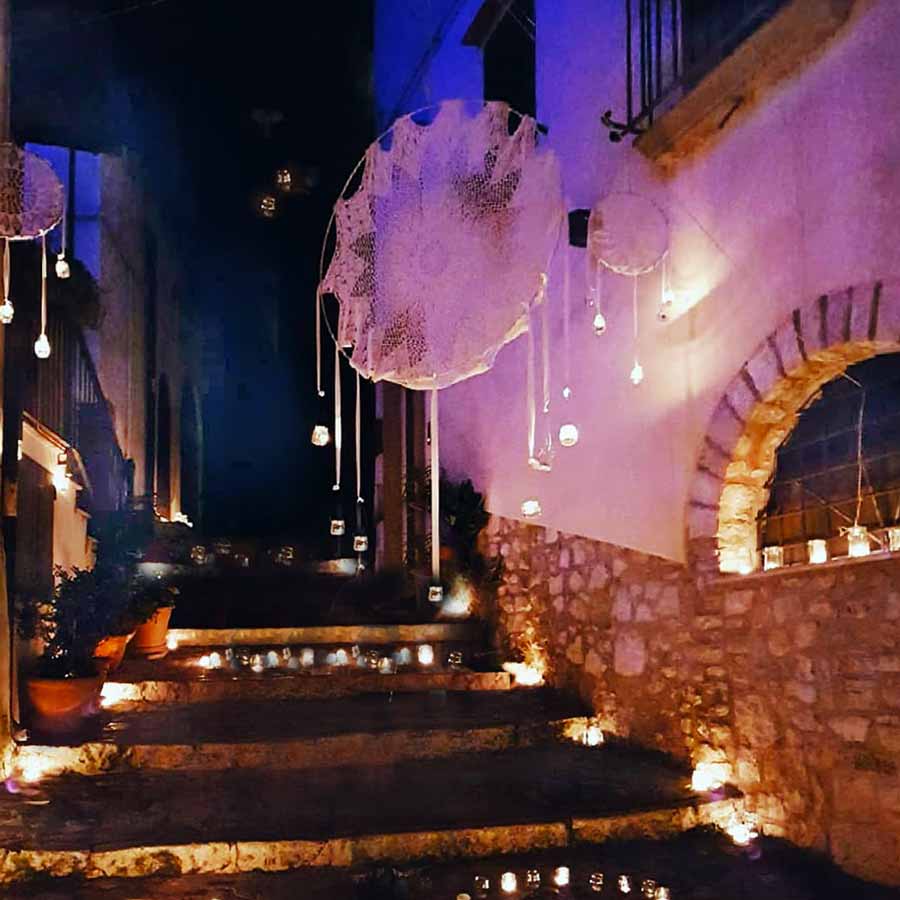
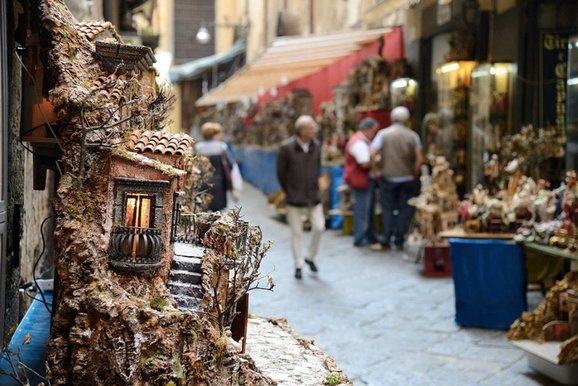
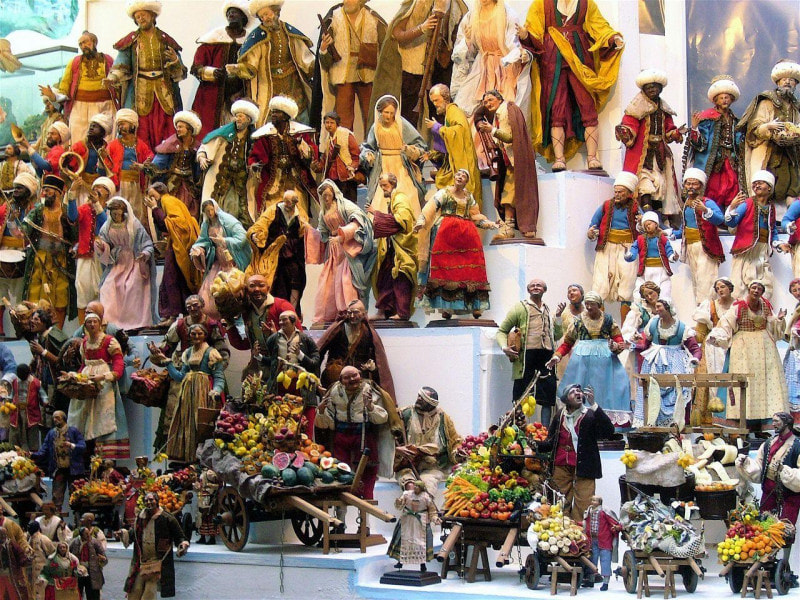

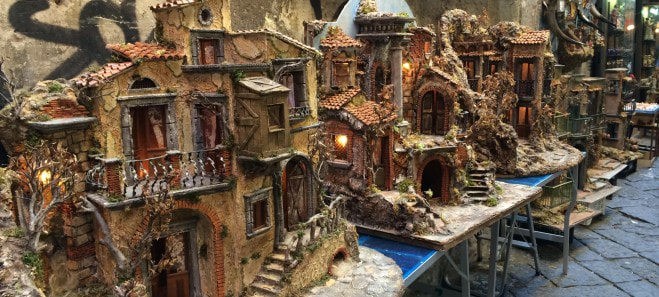
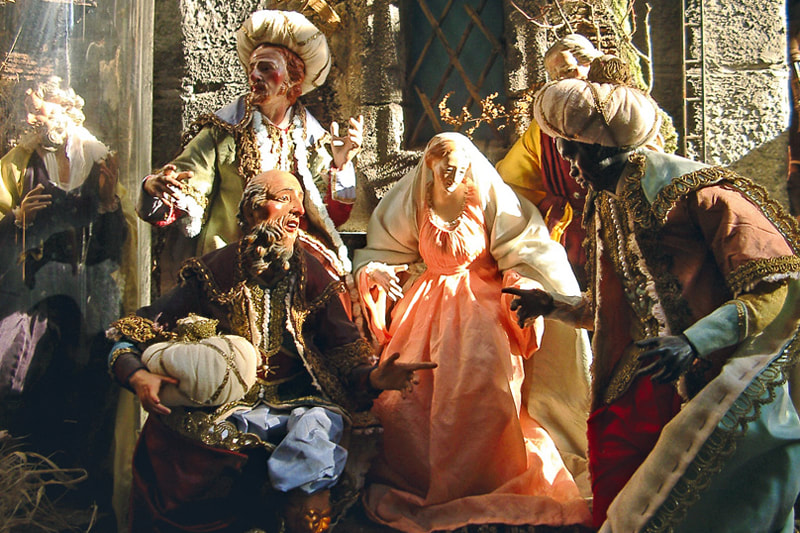
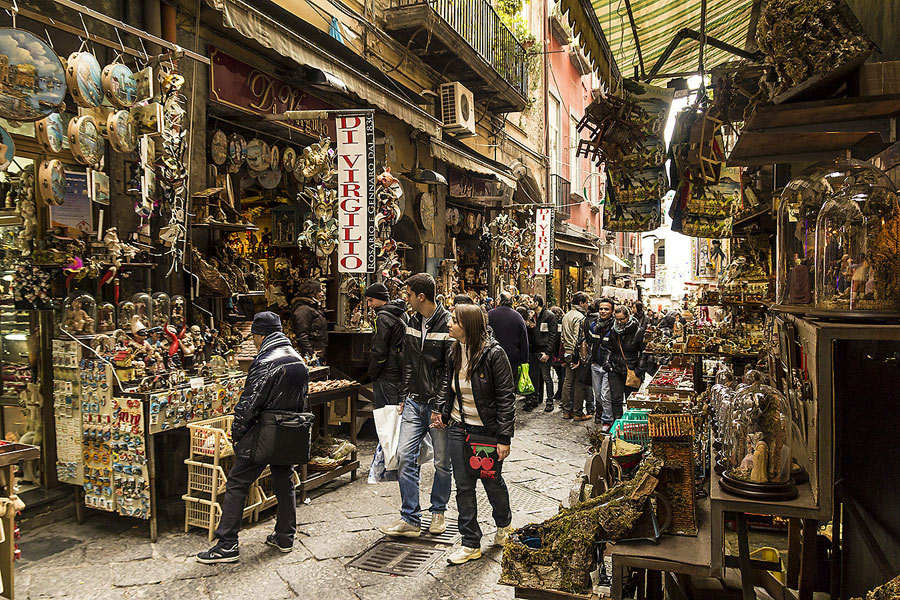
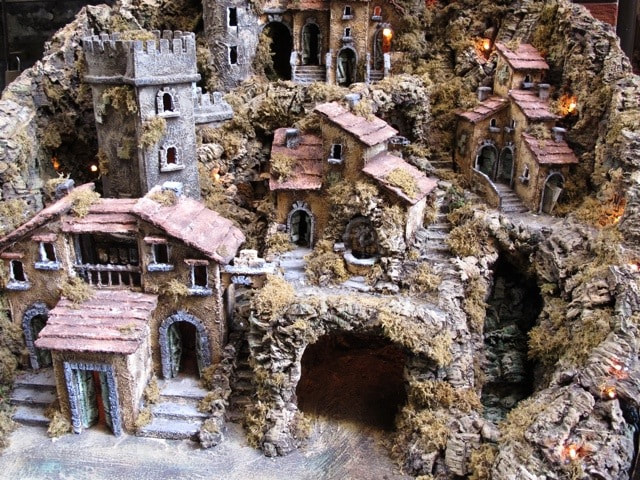
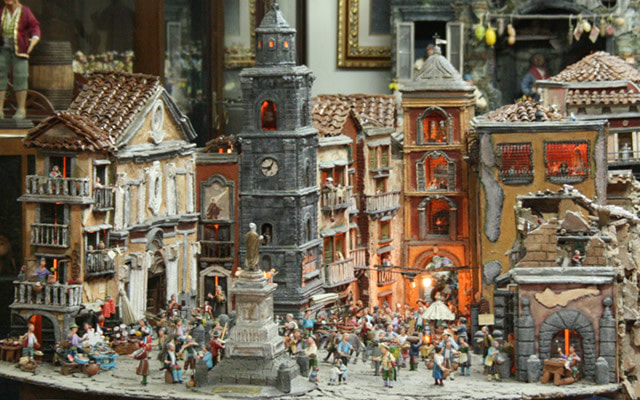
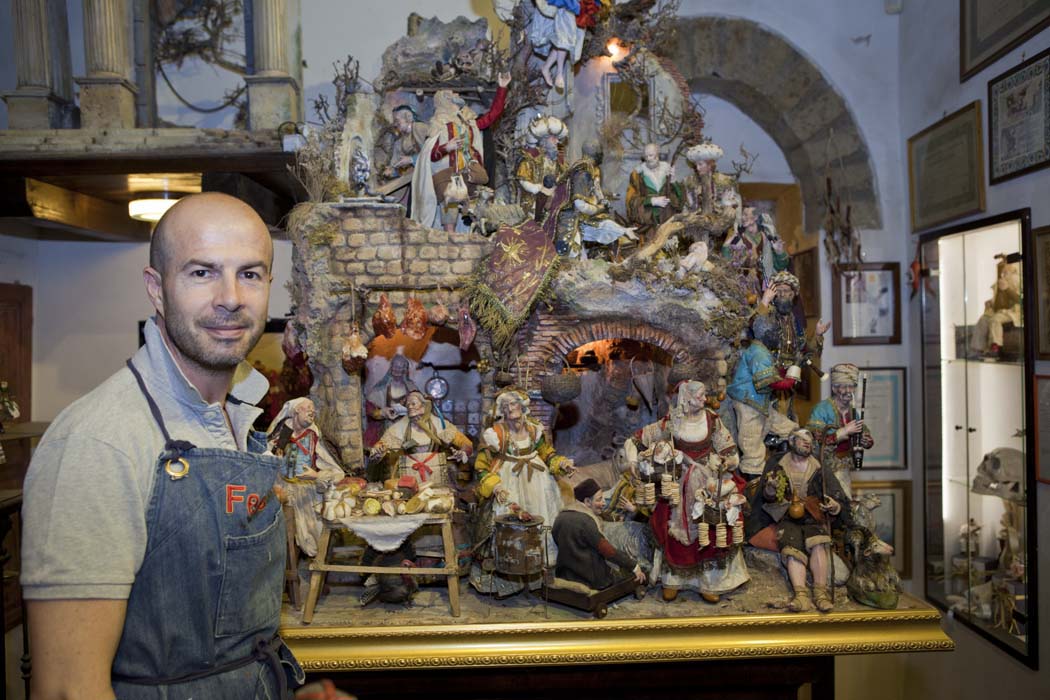

 RSS Feed
RSS Feed
